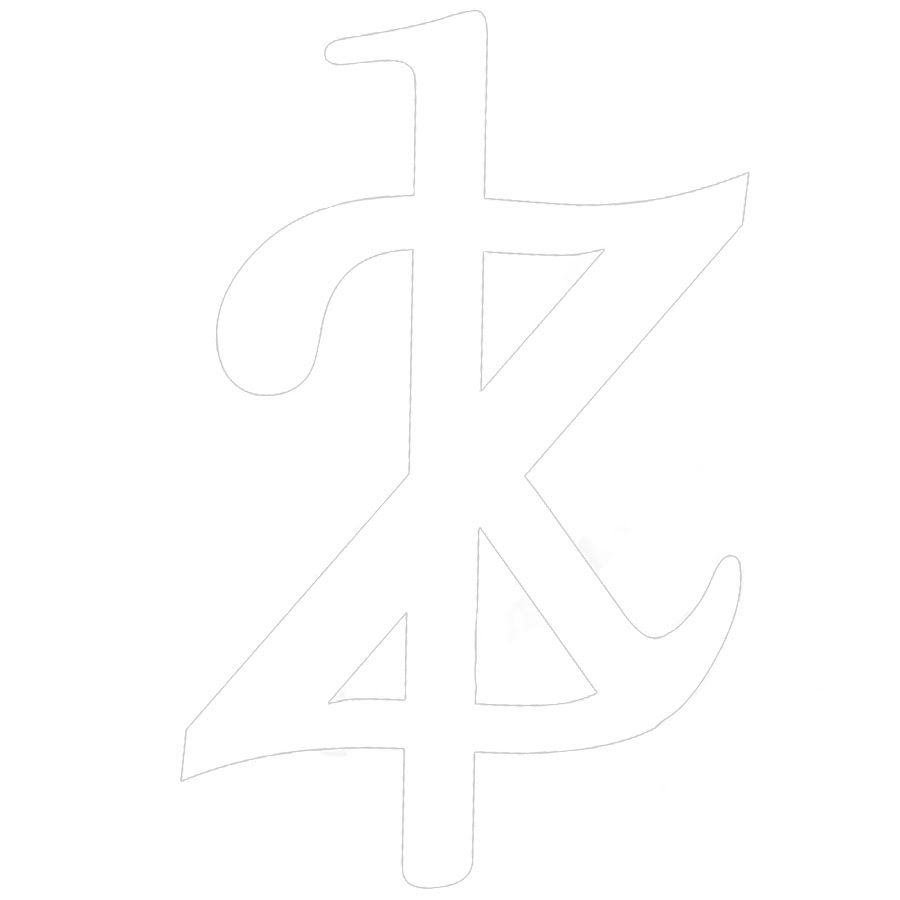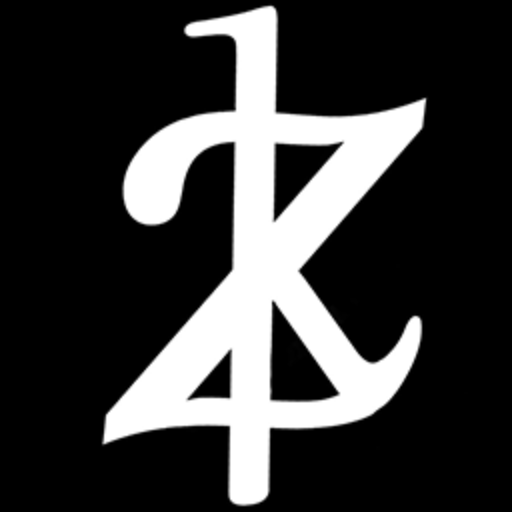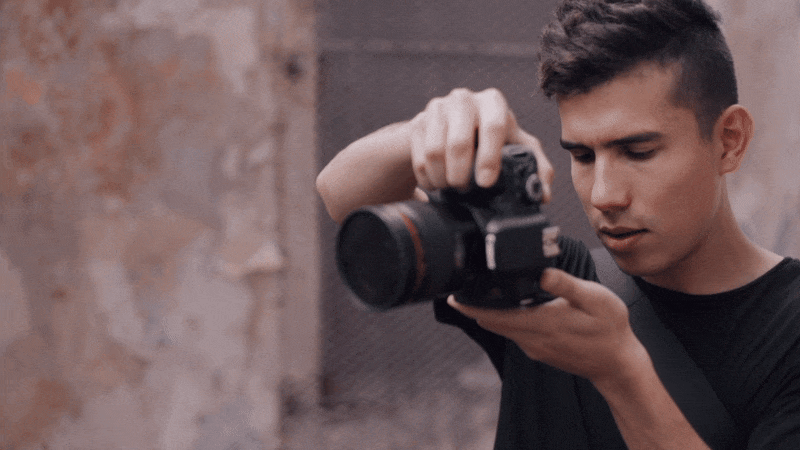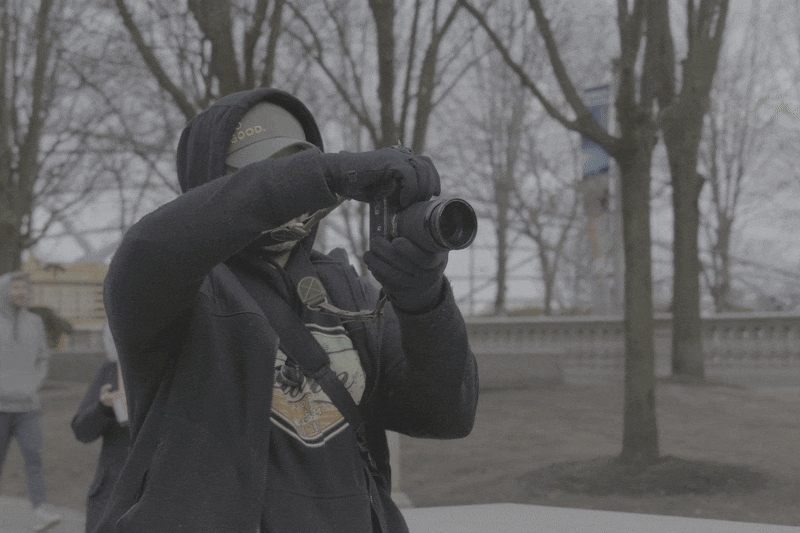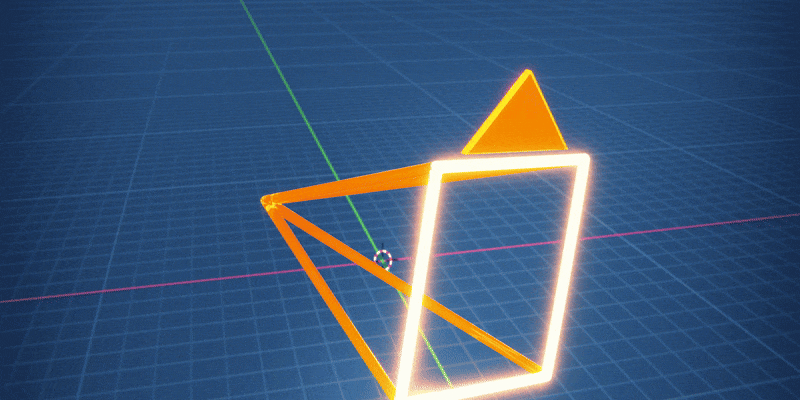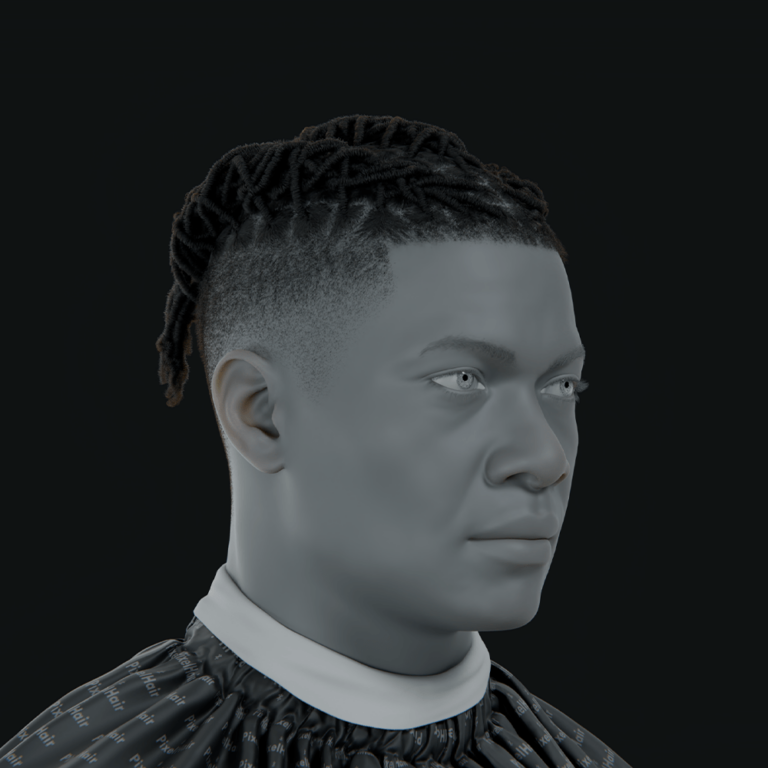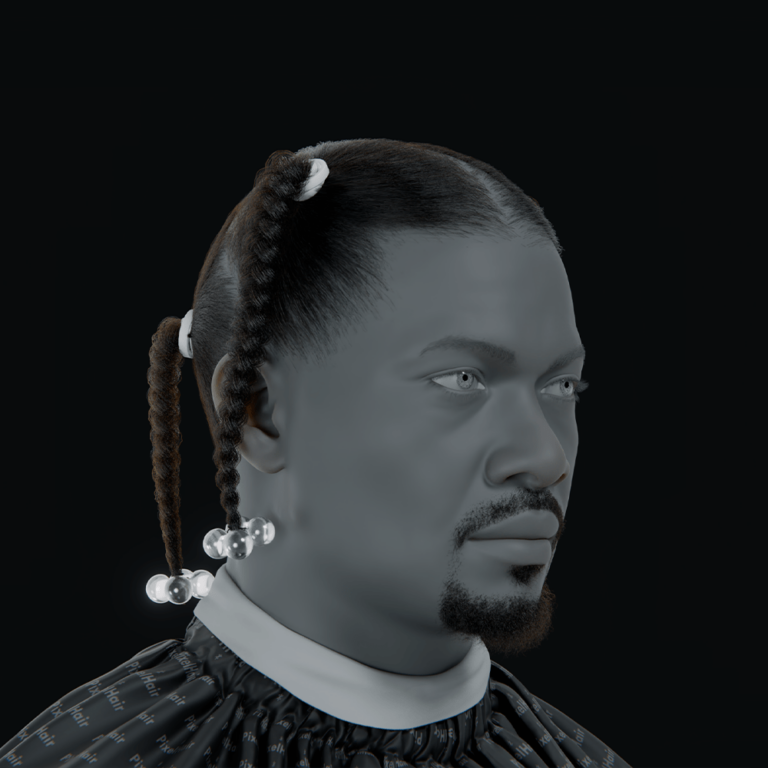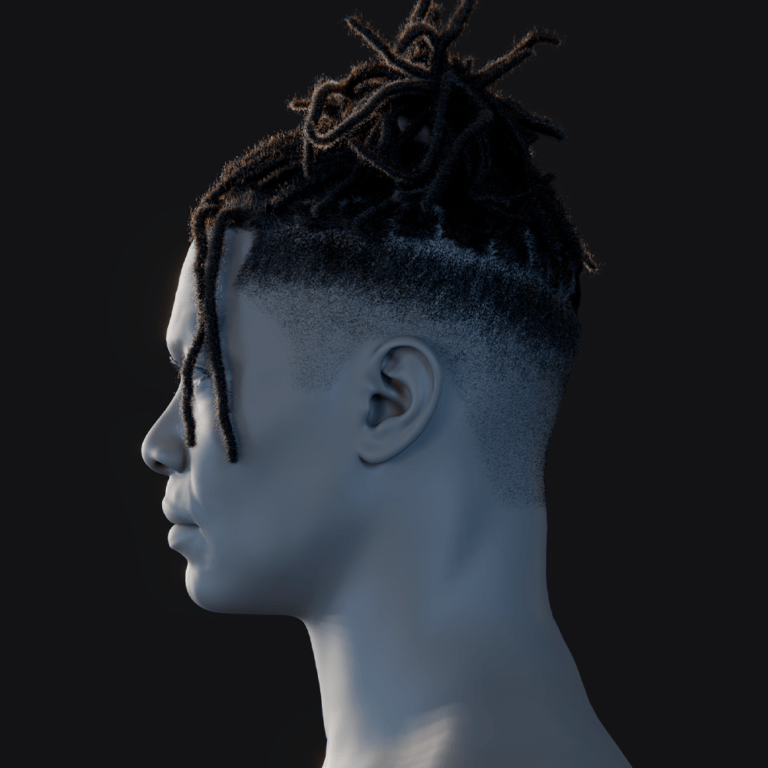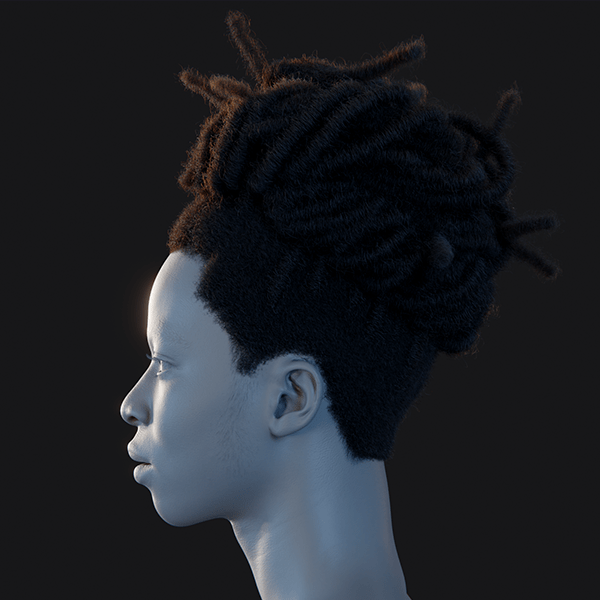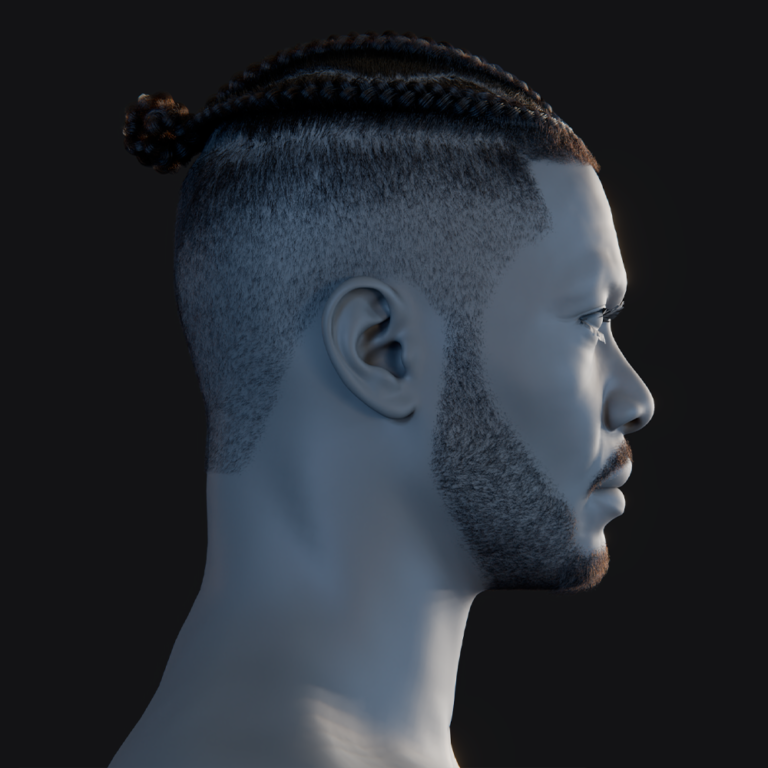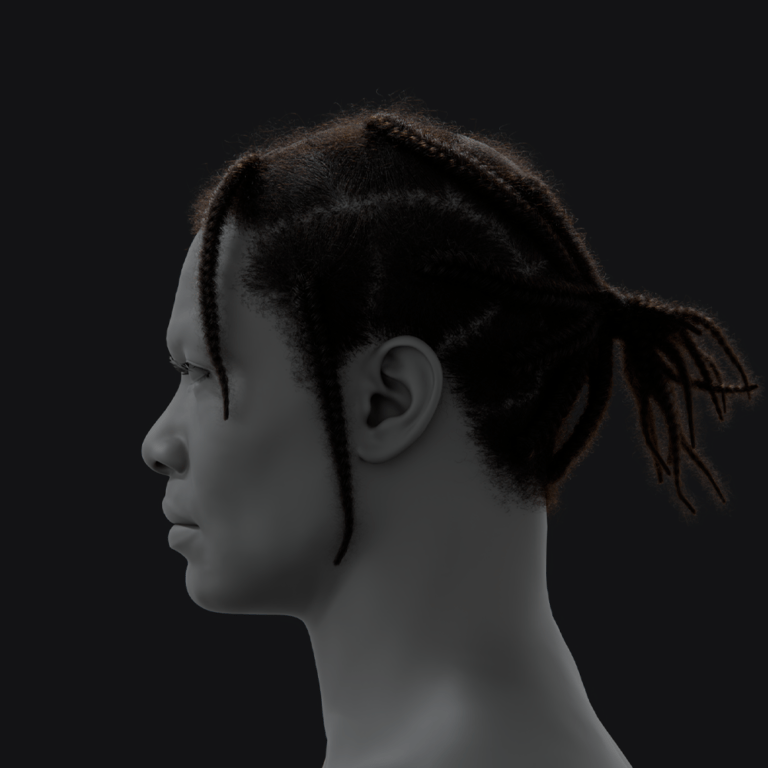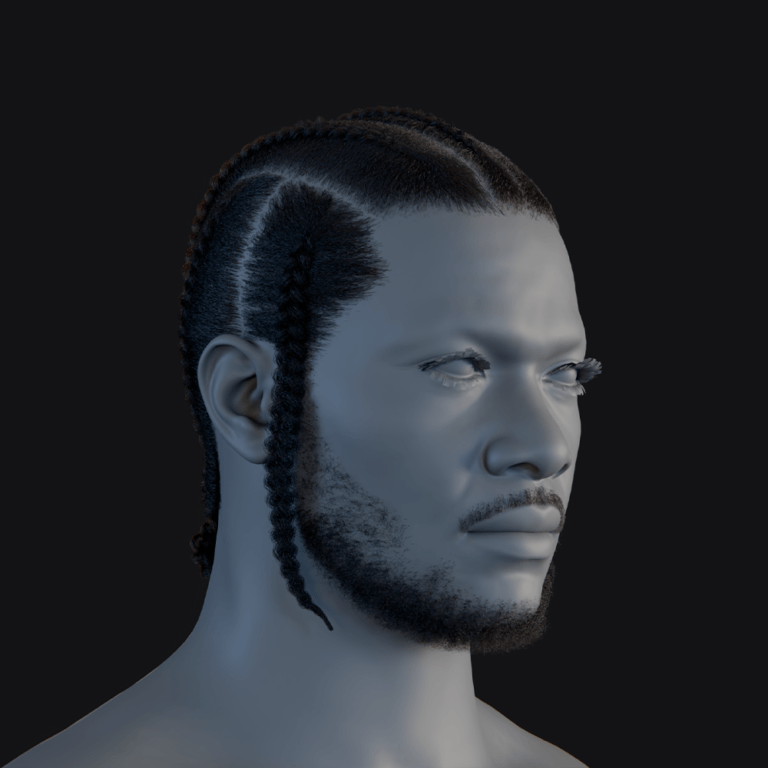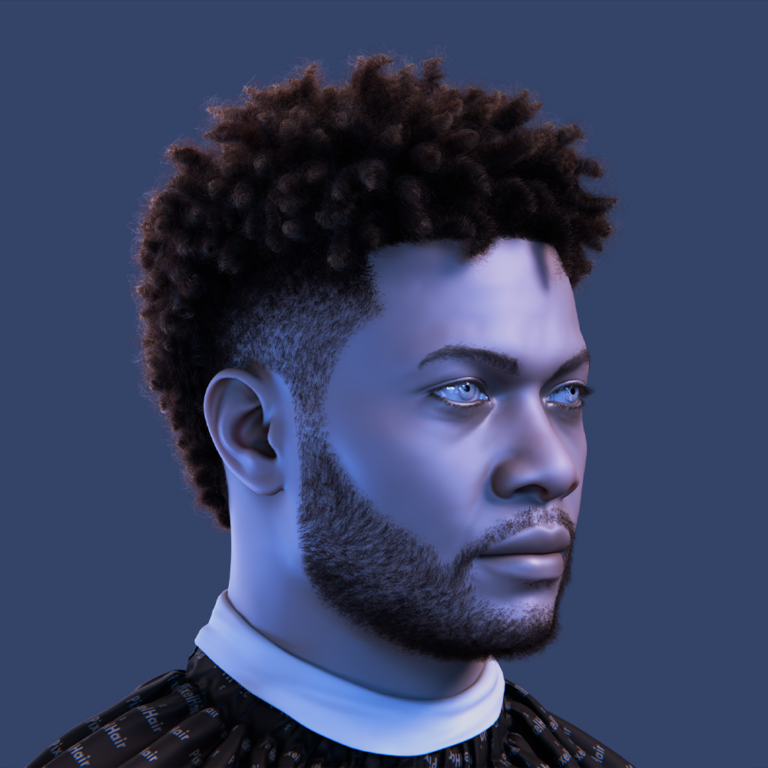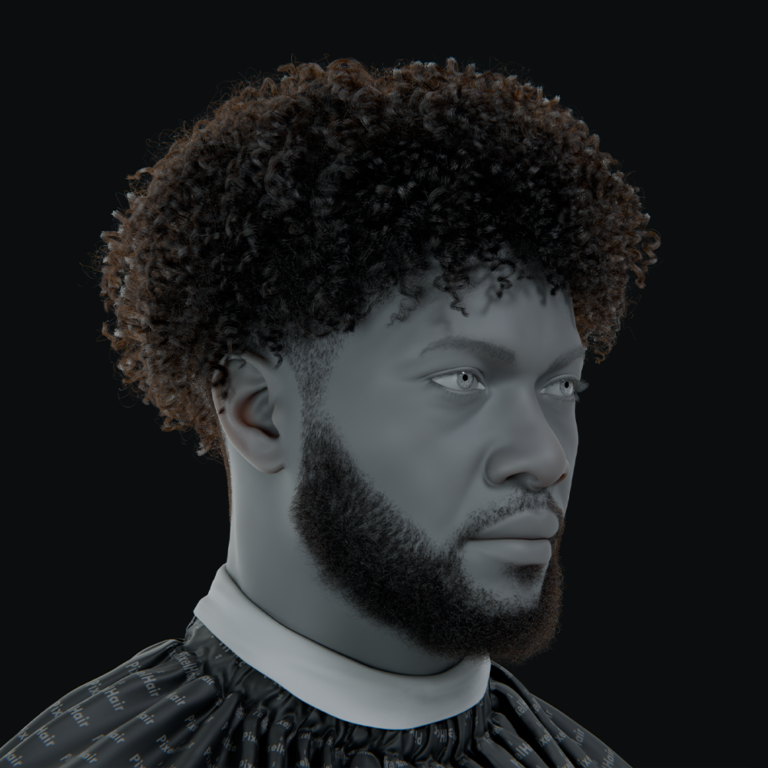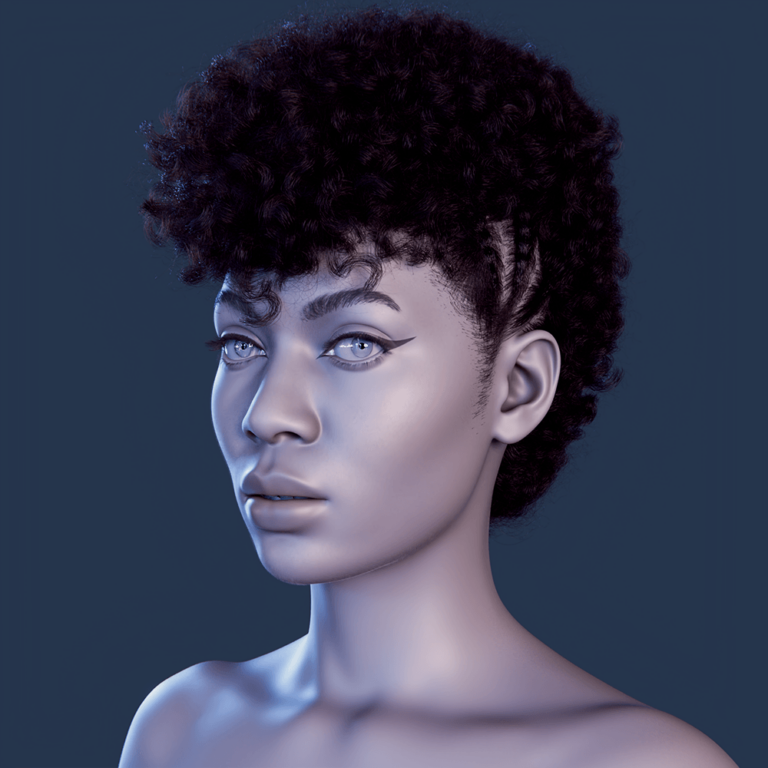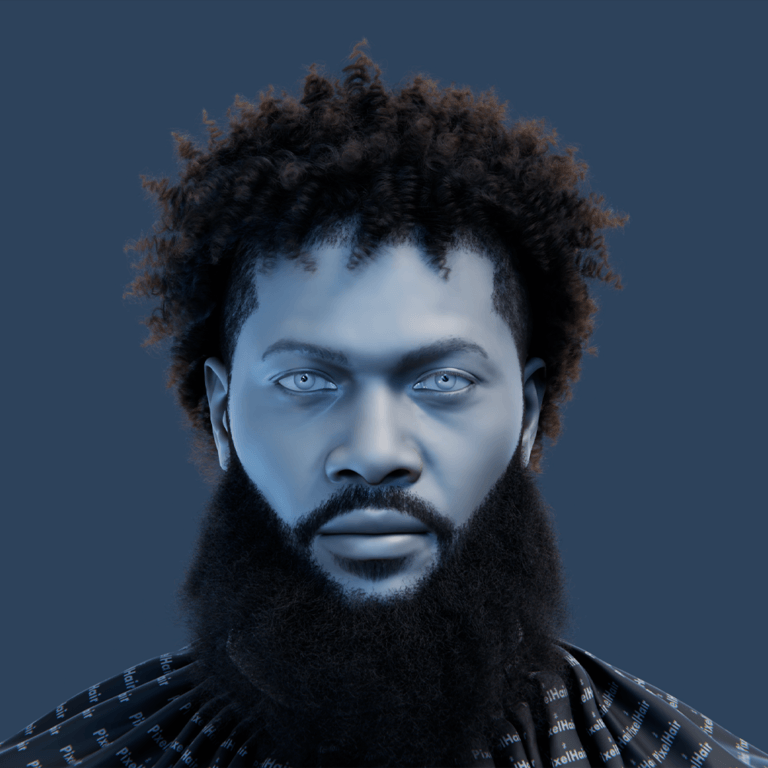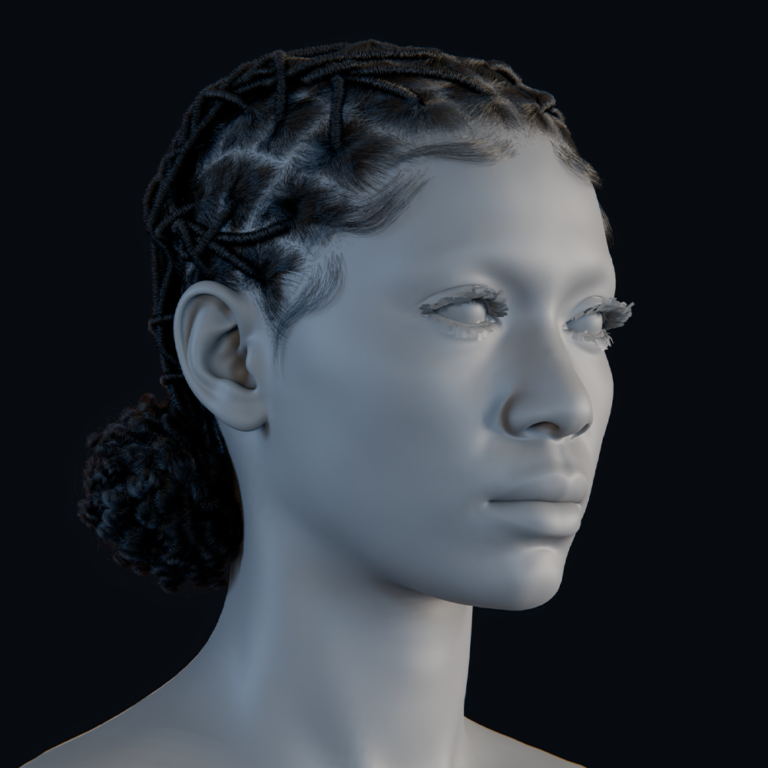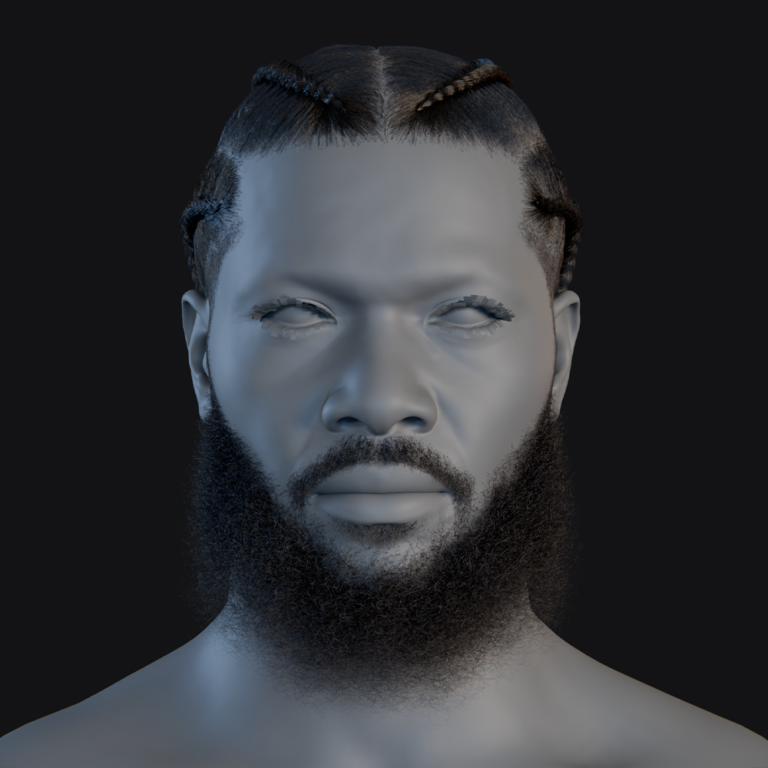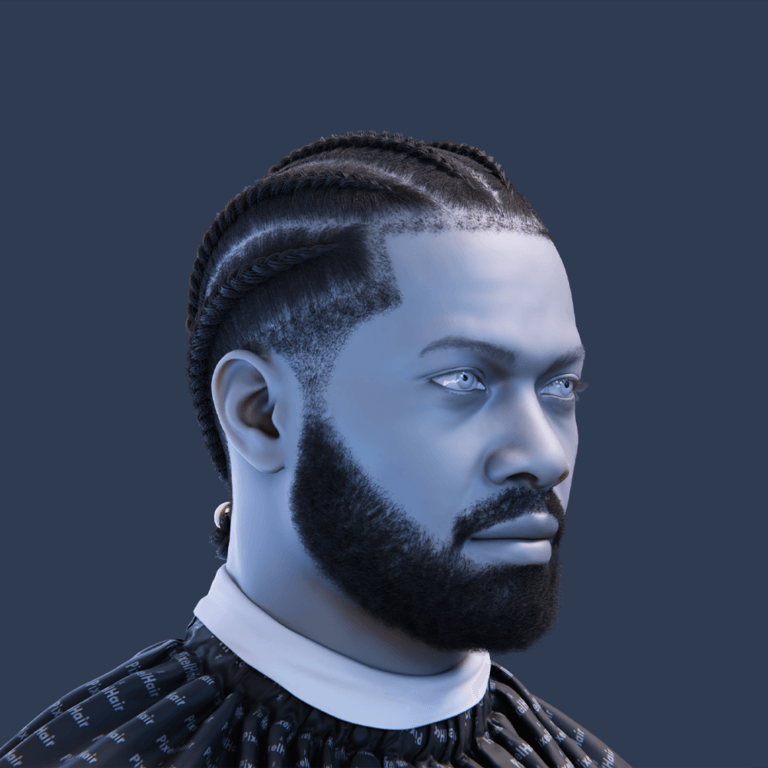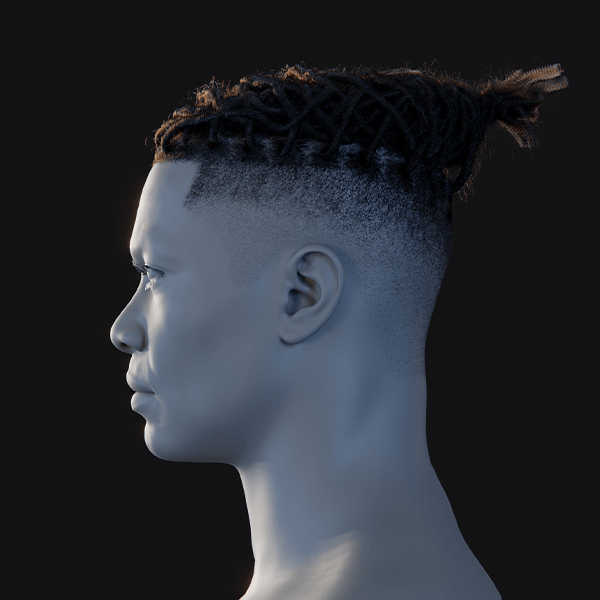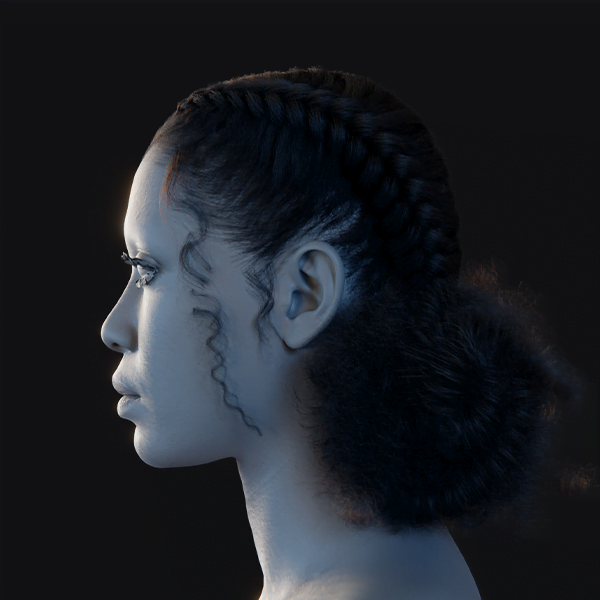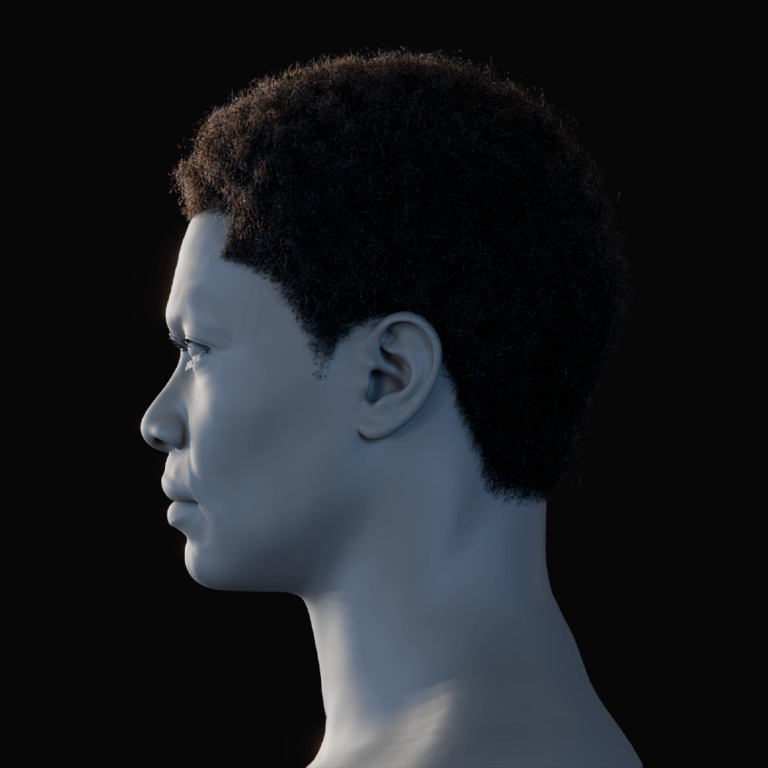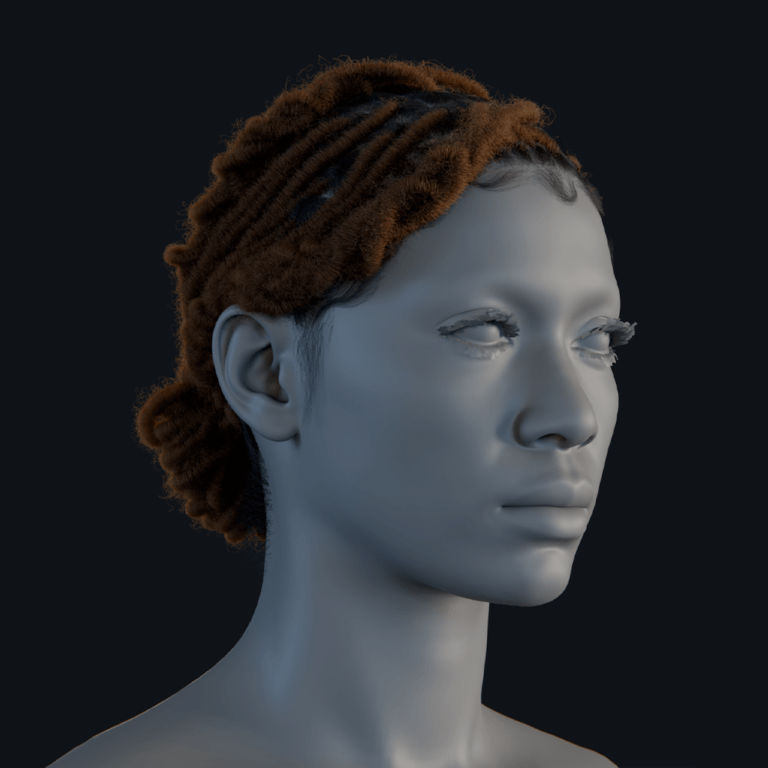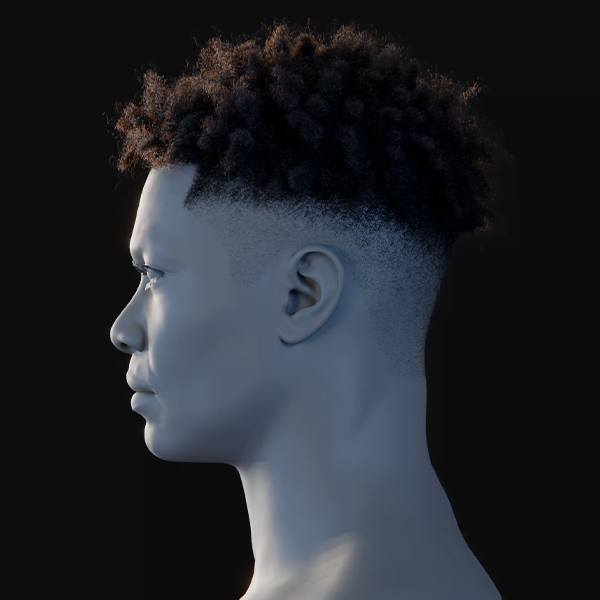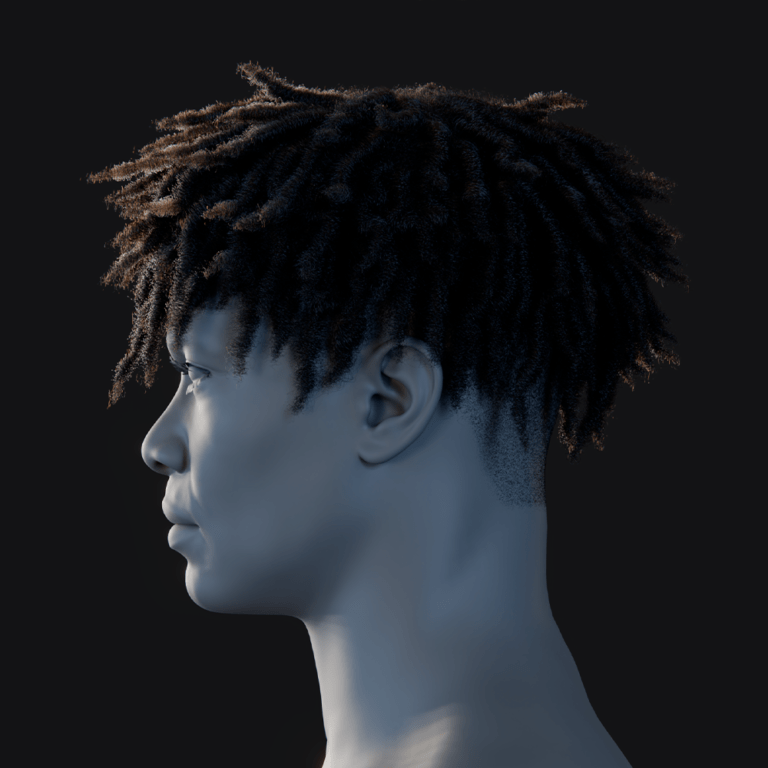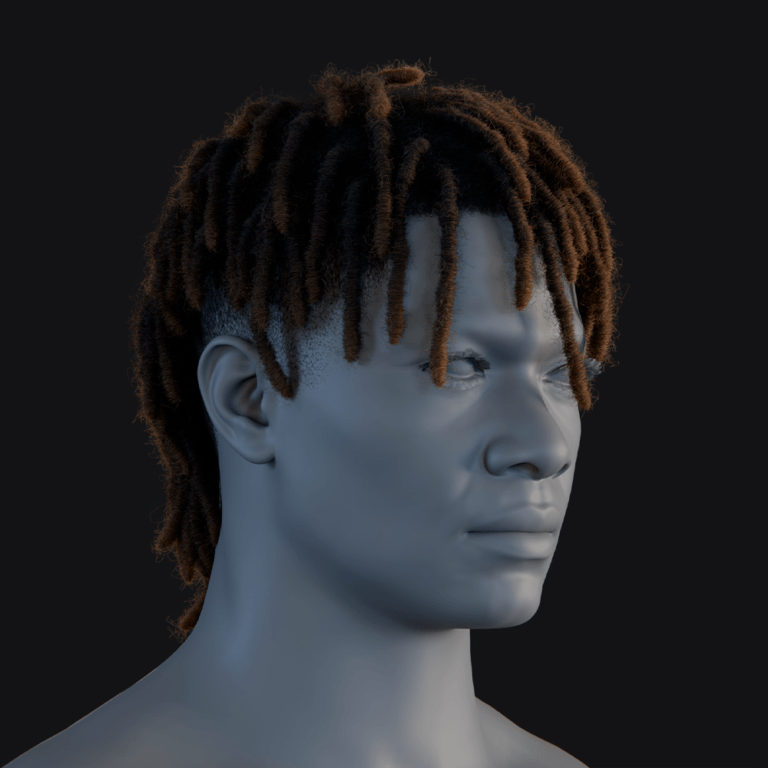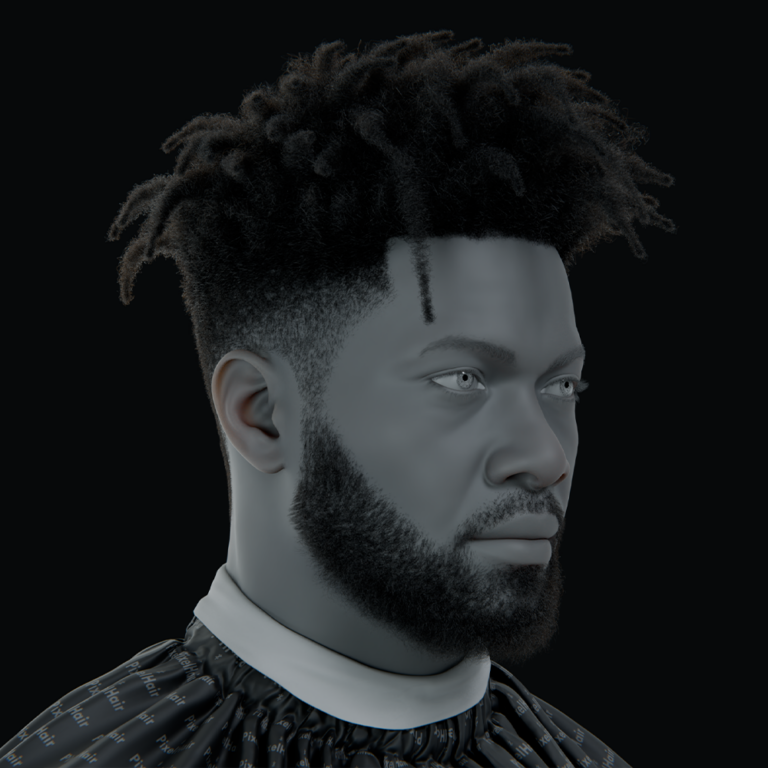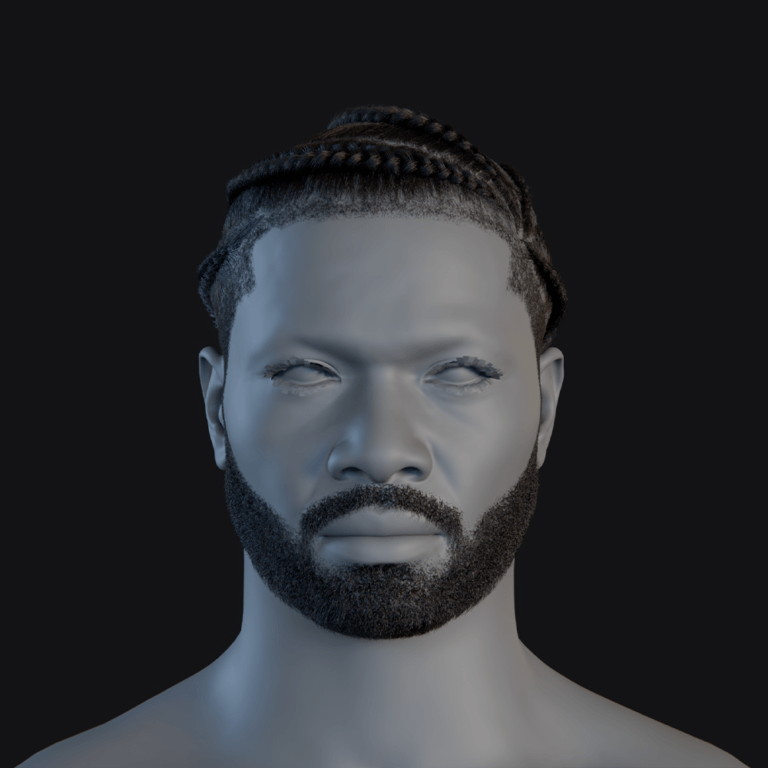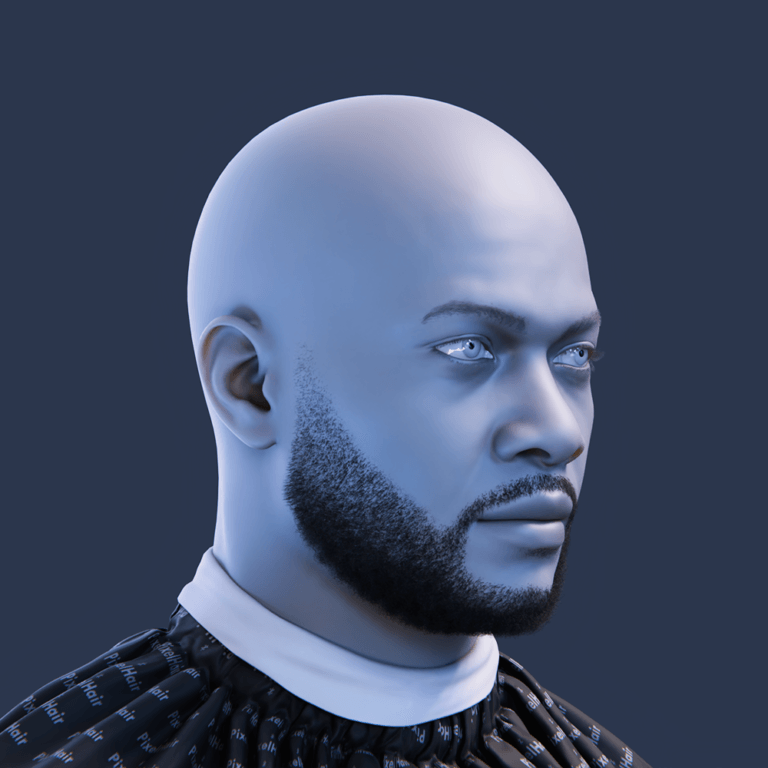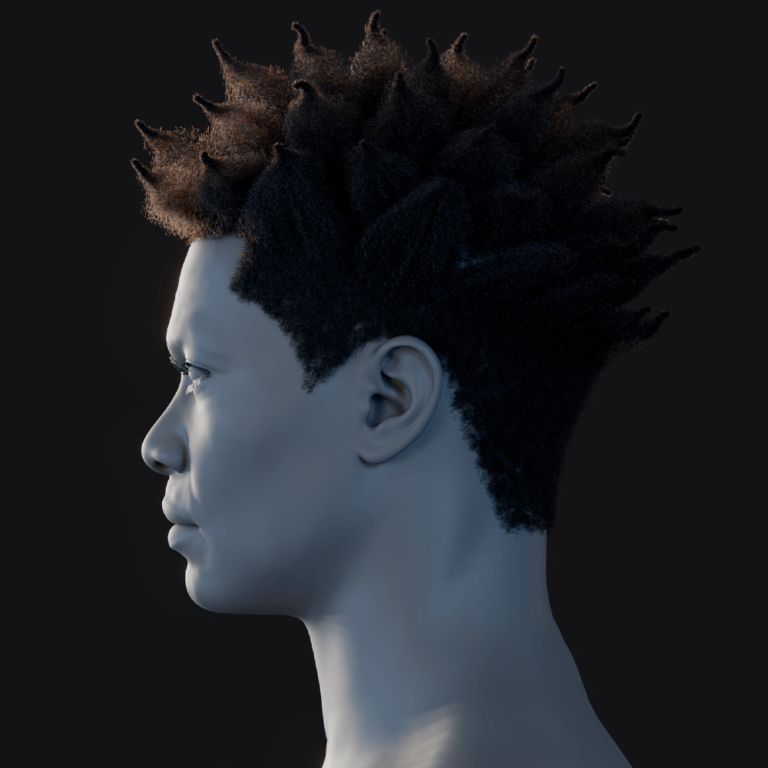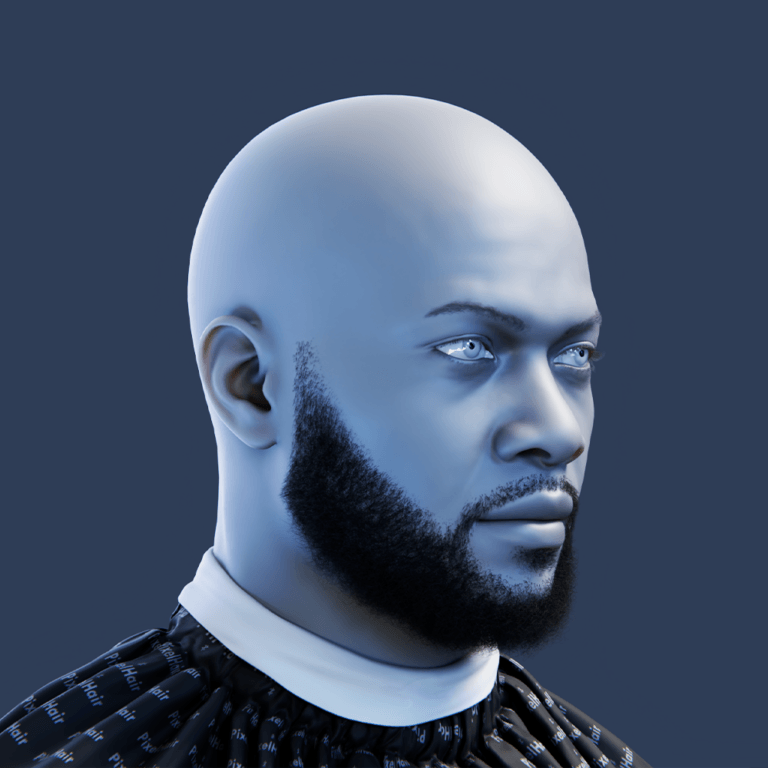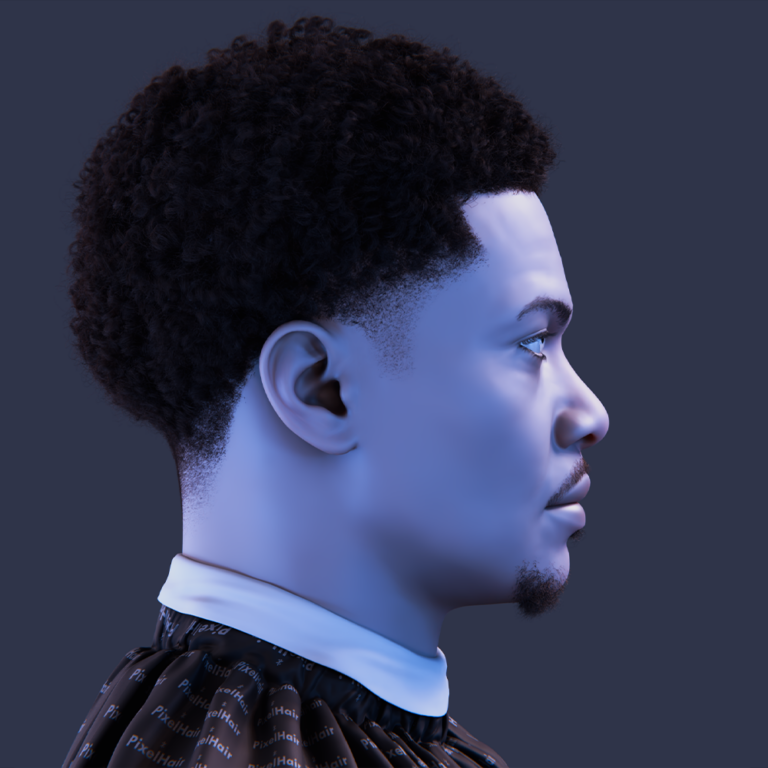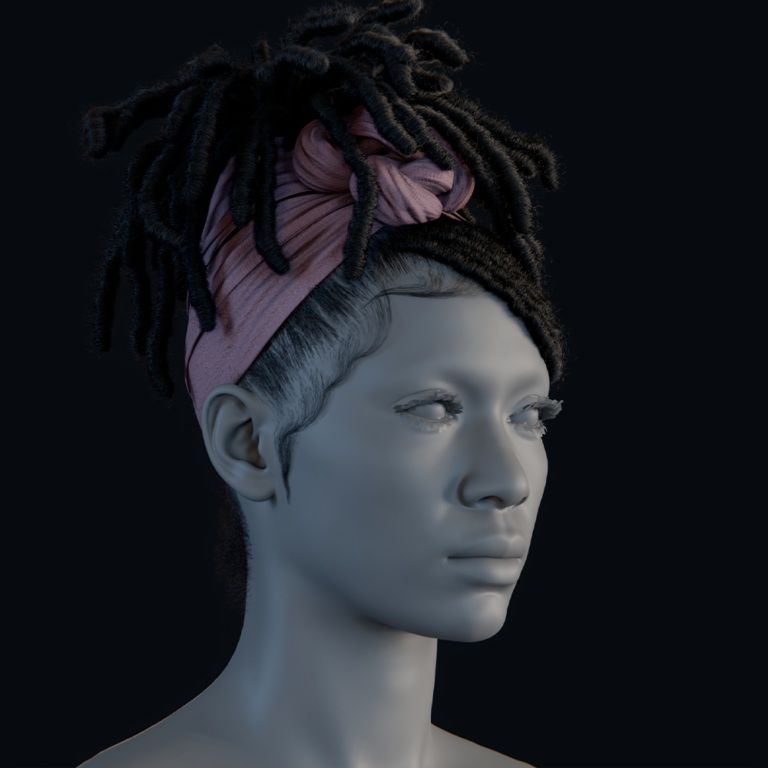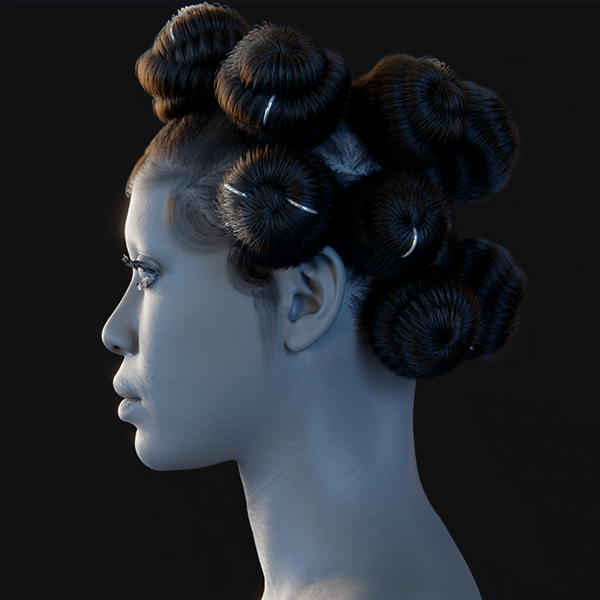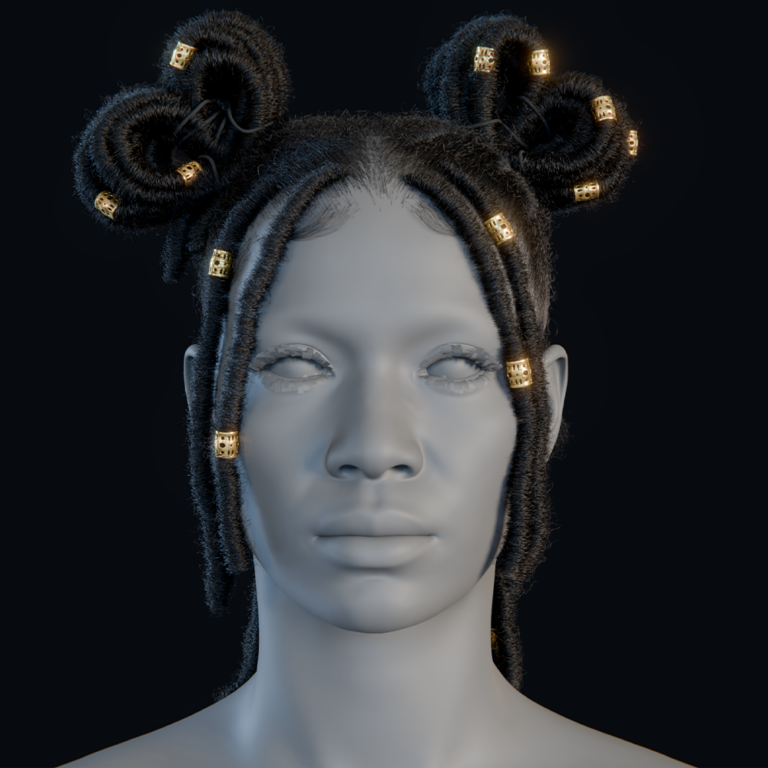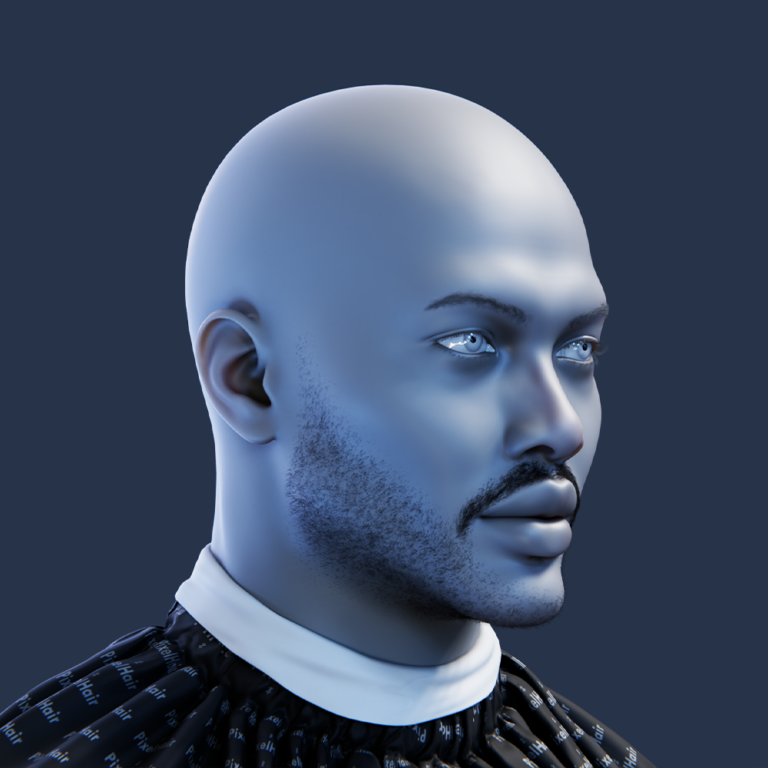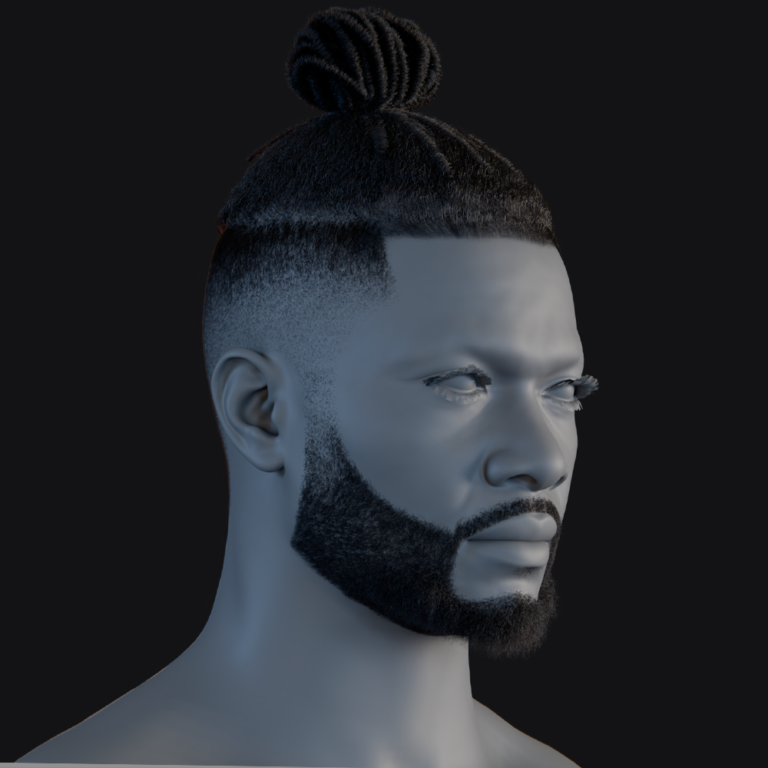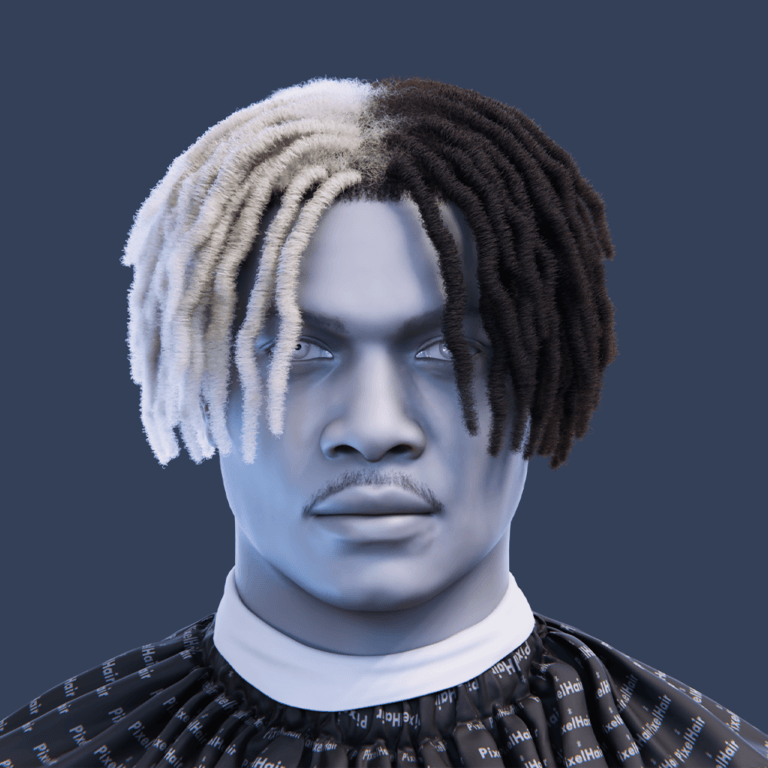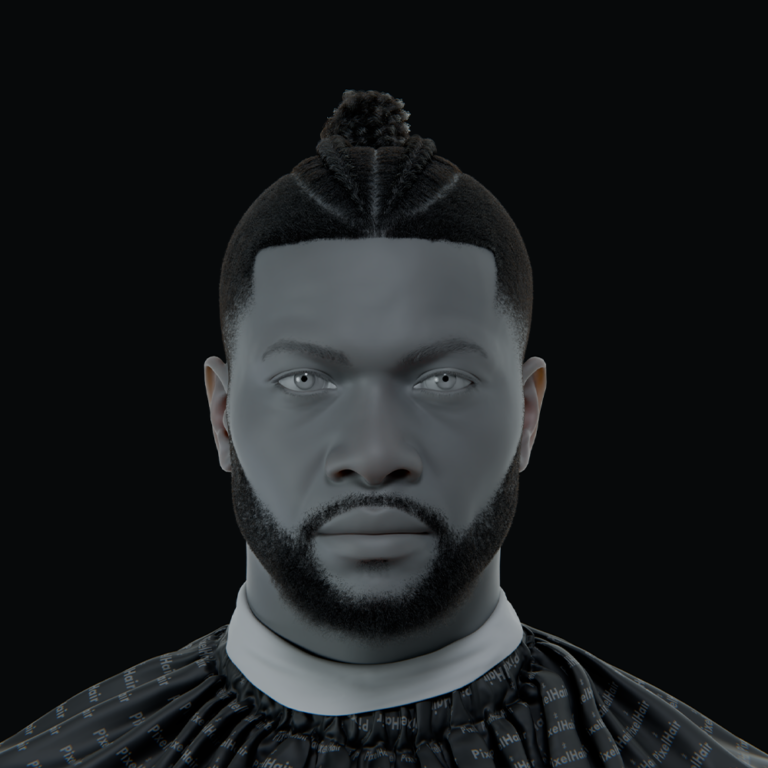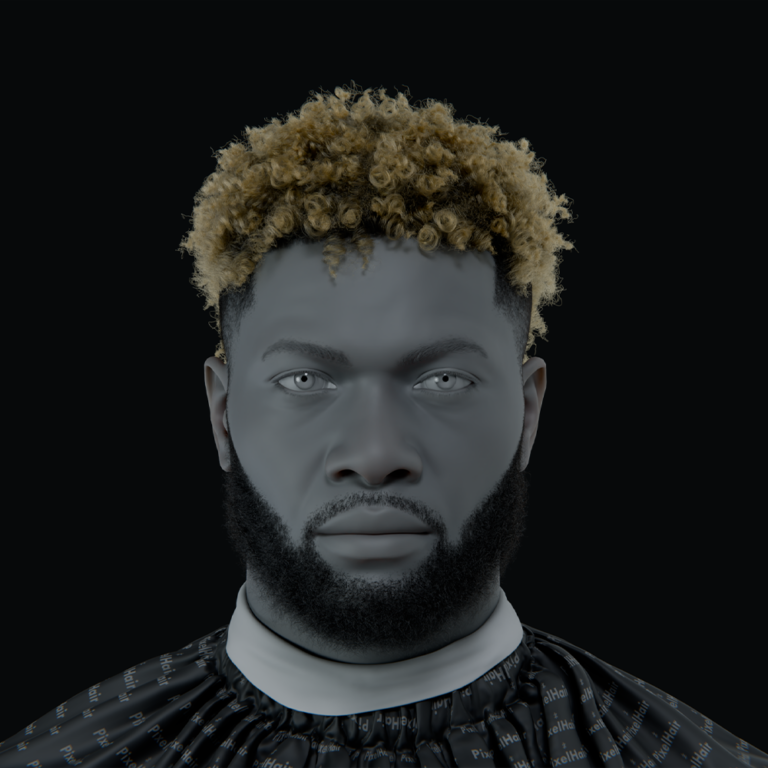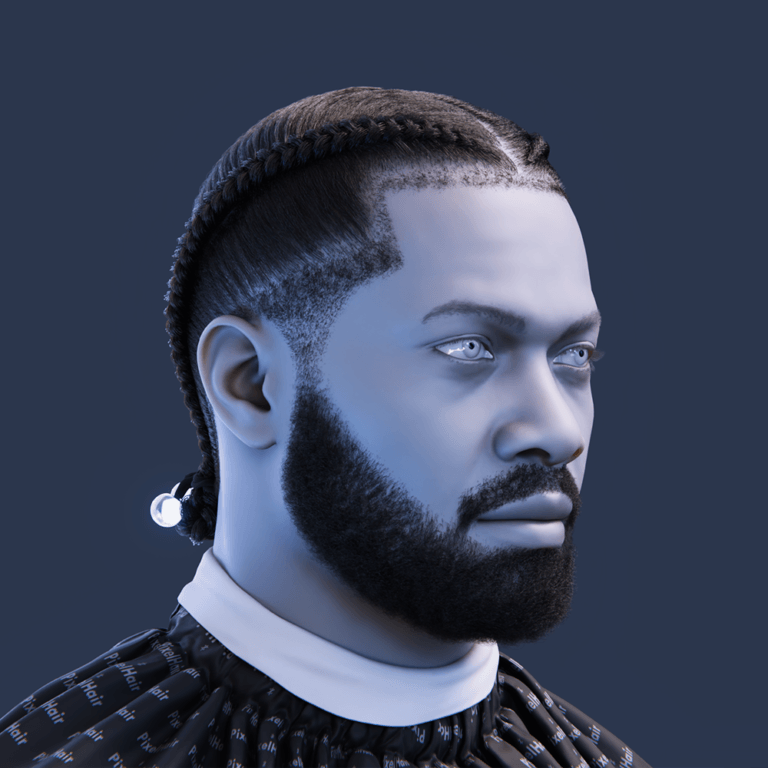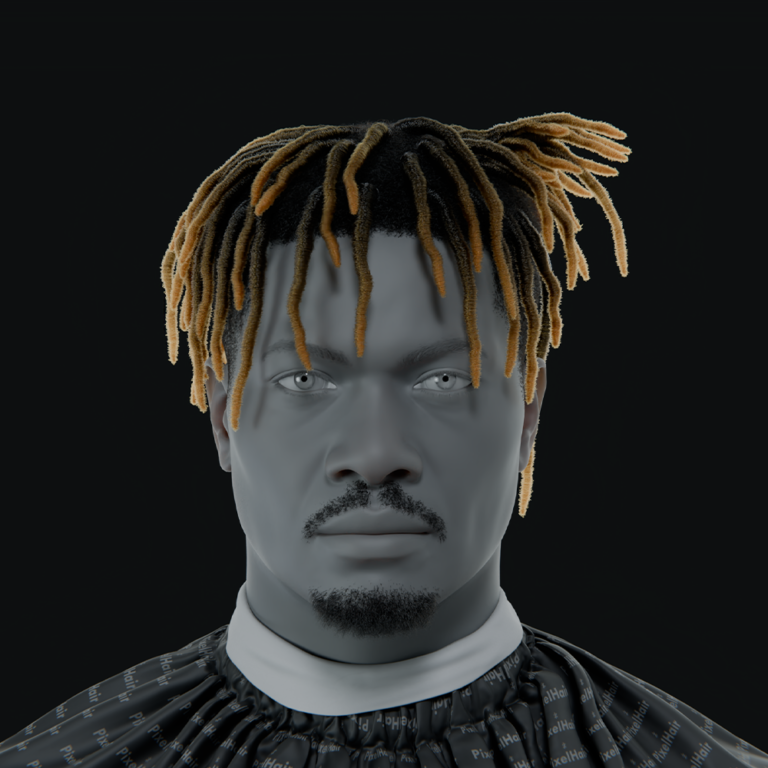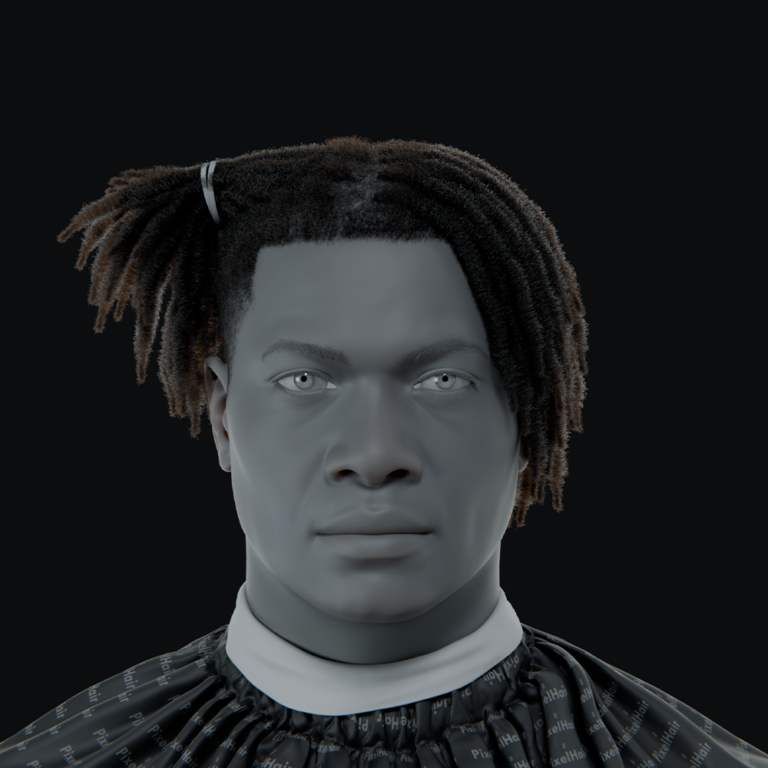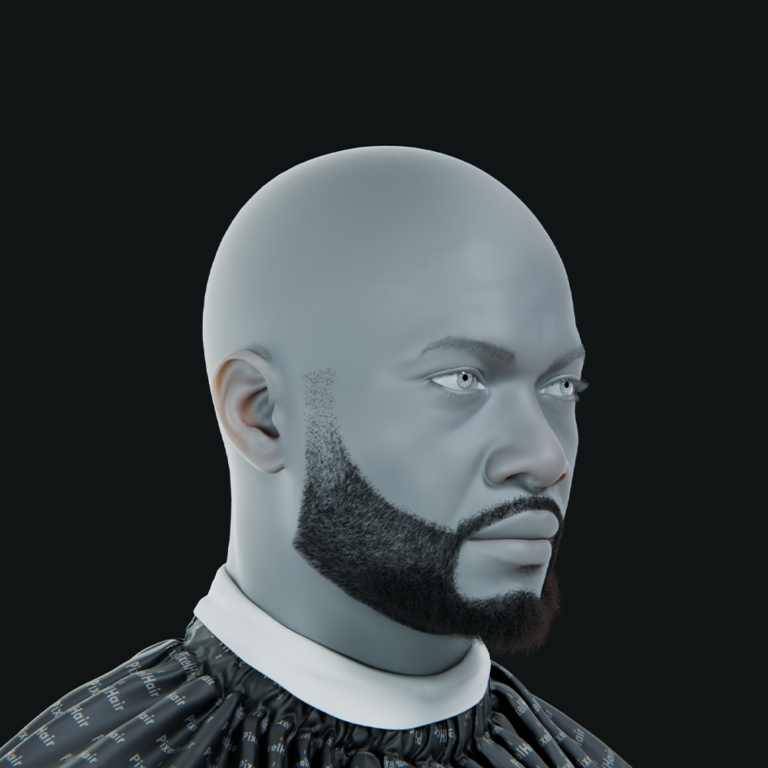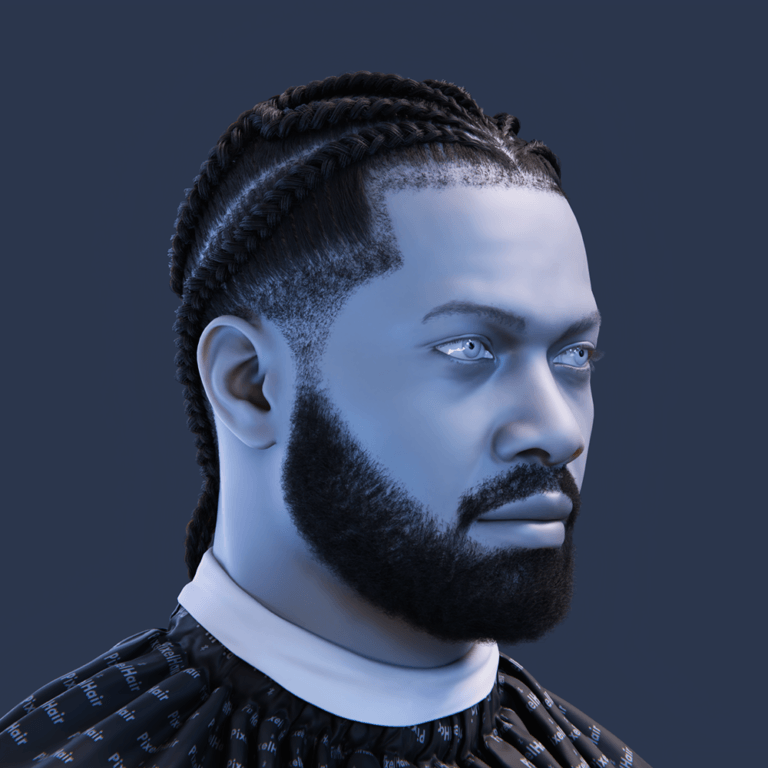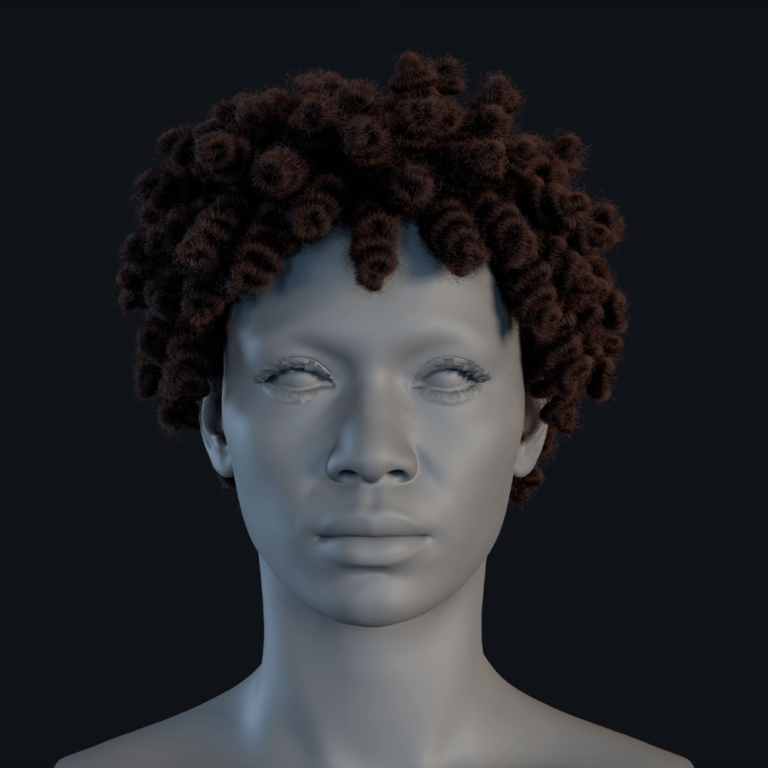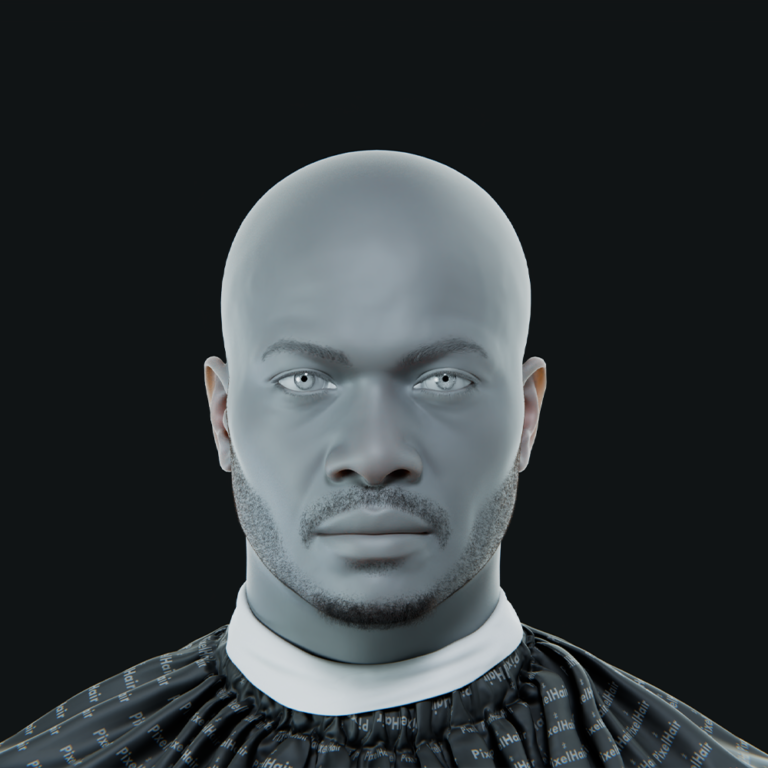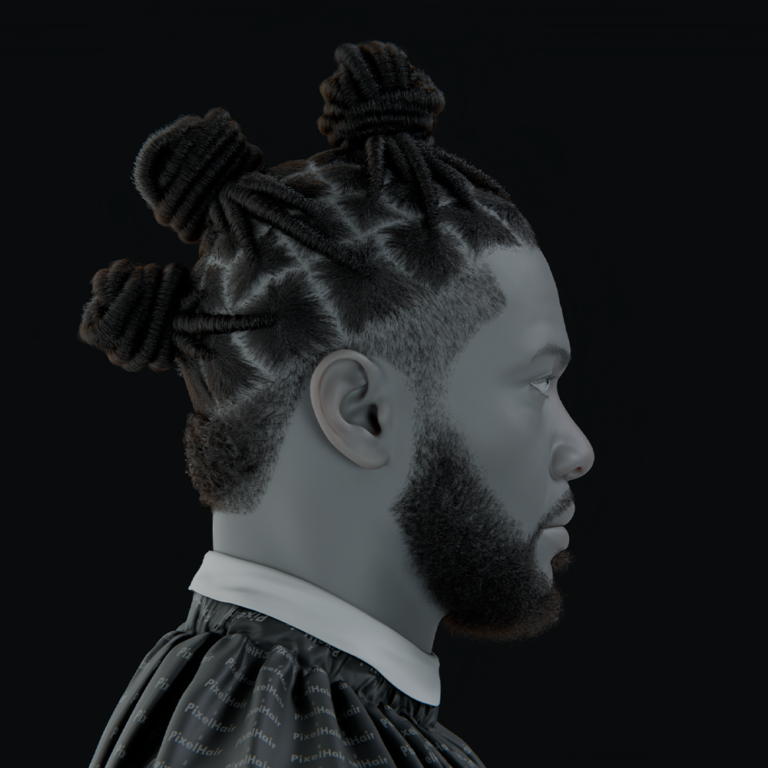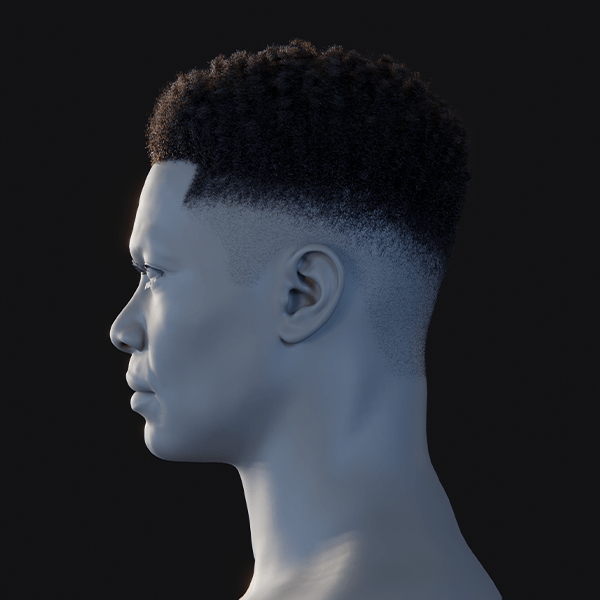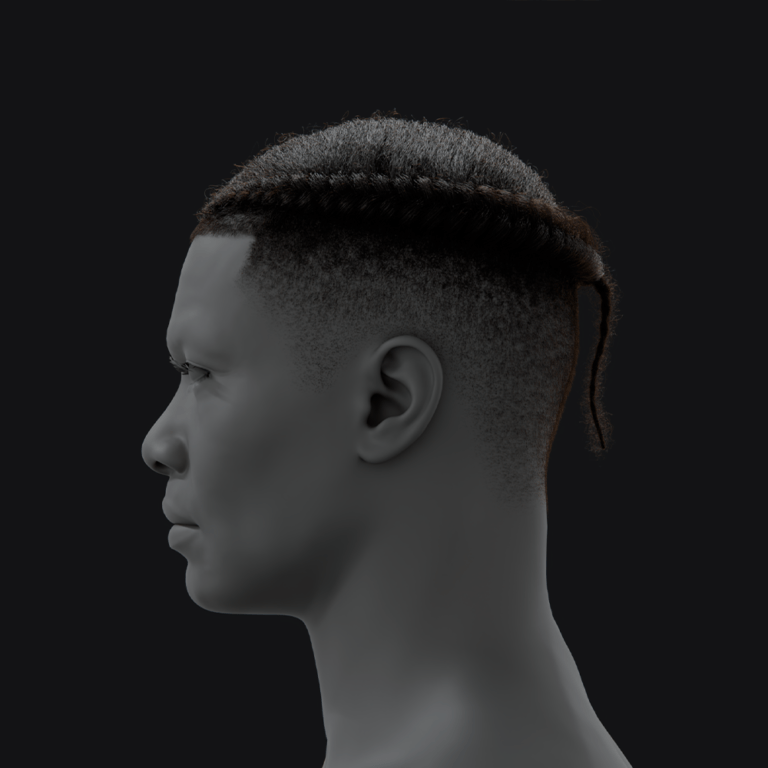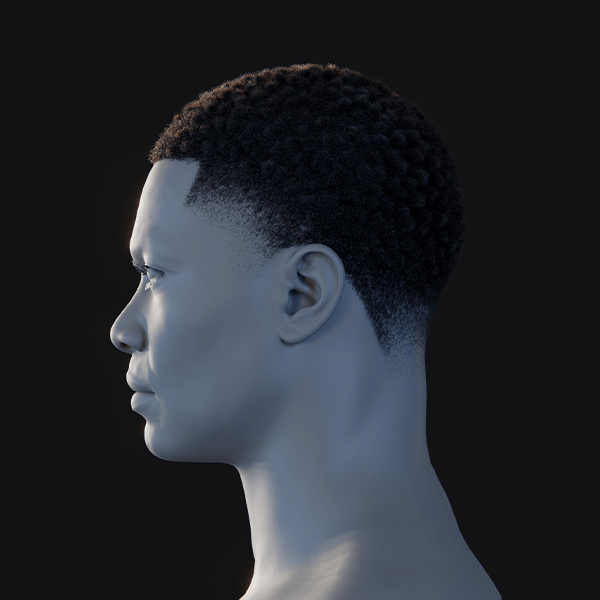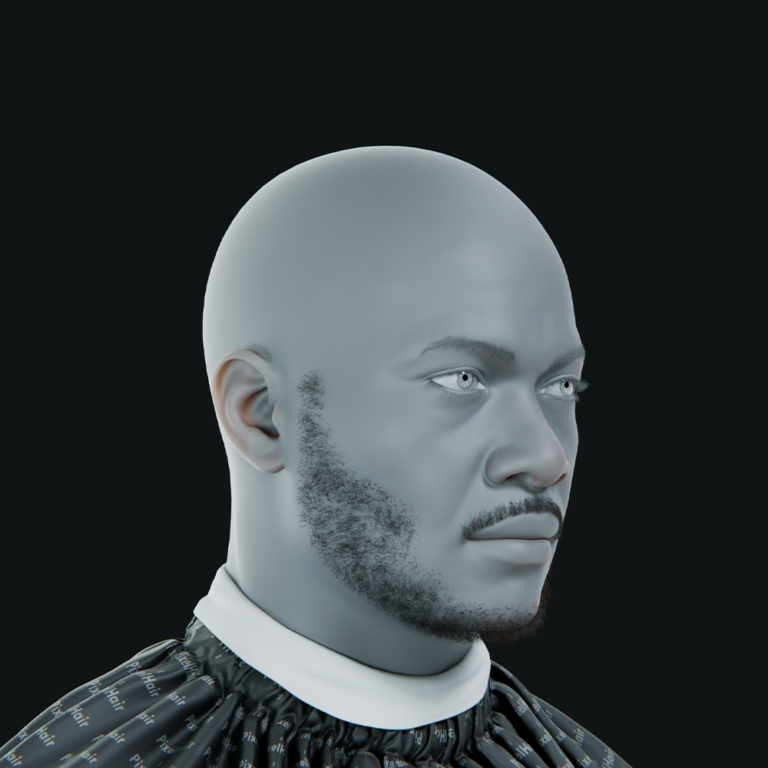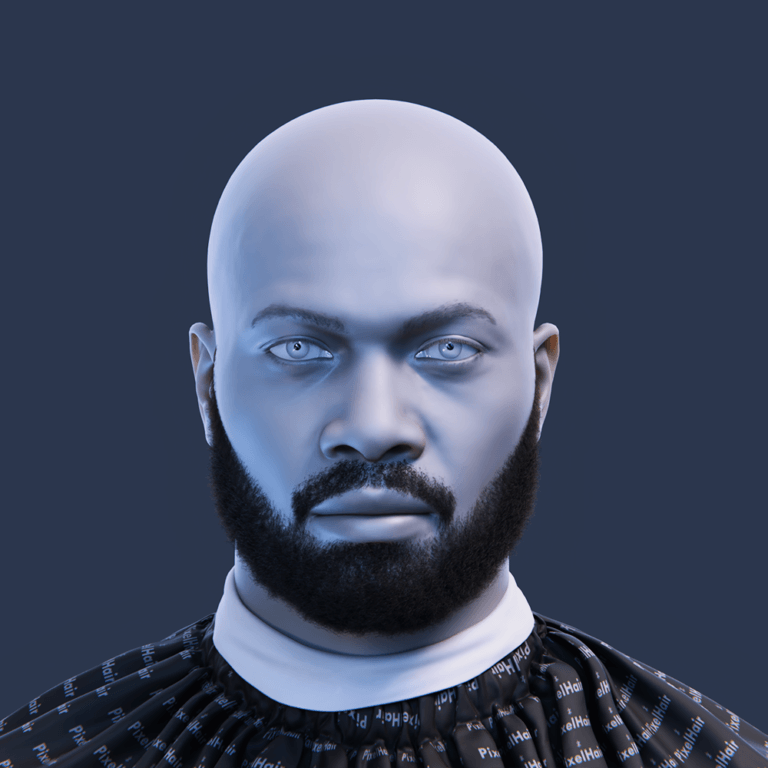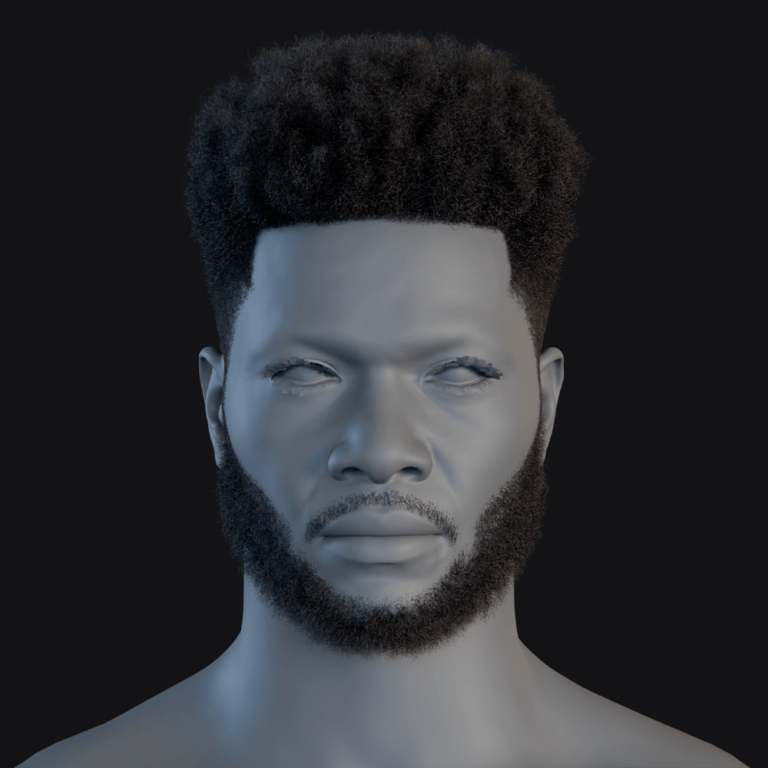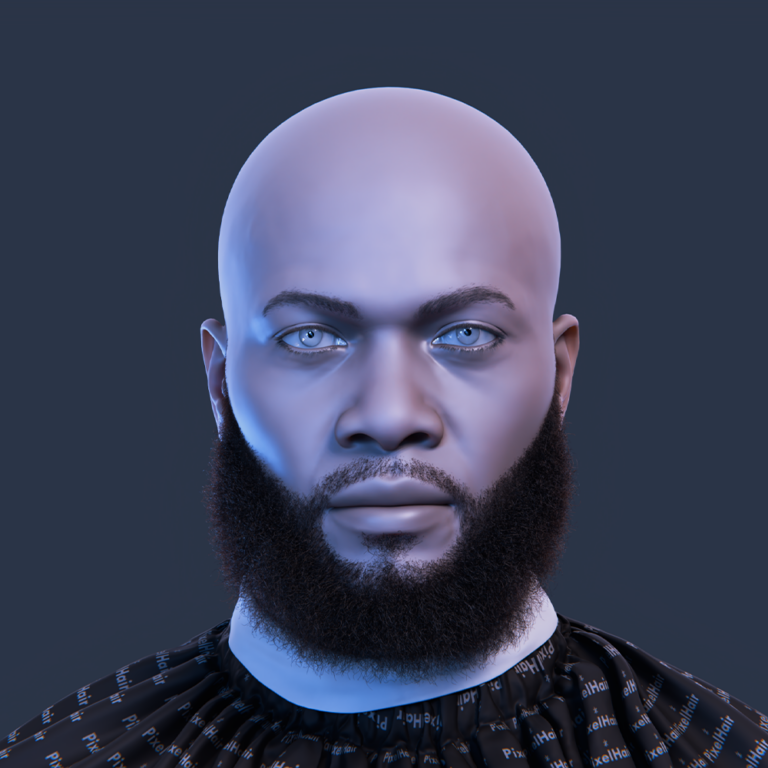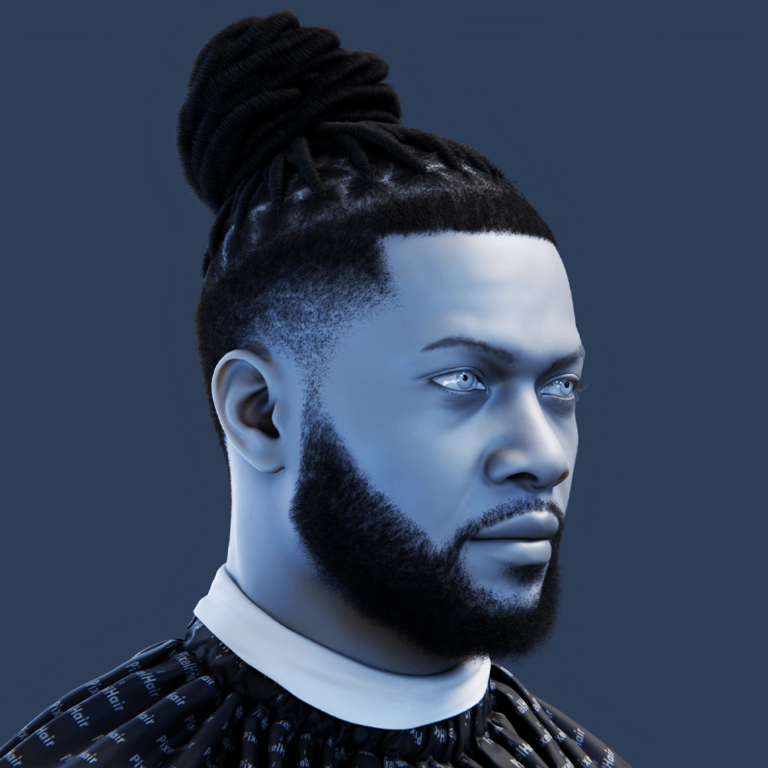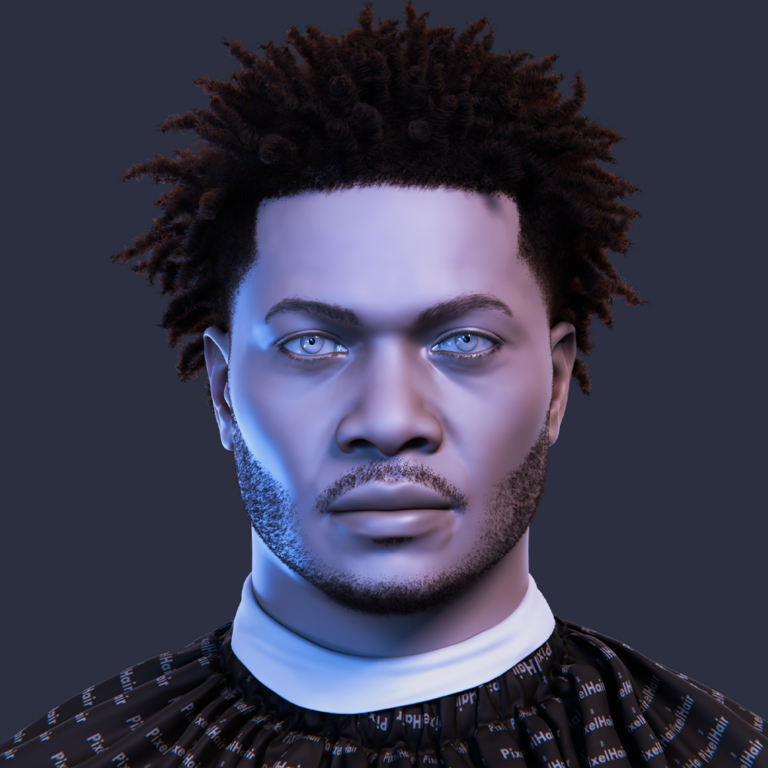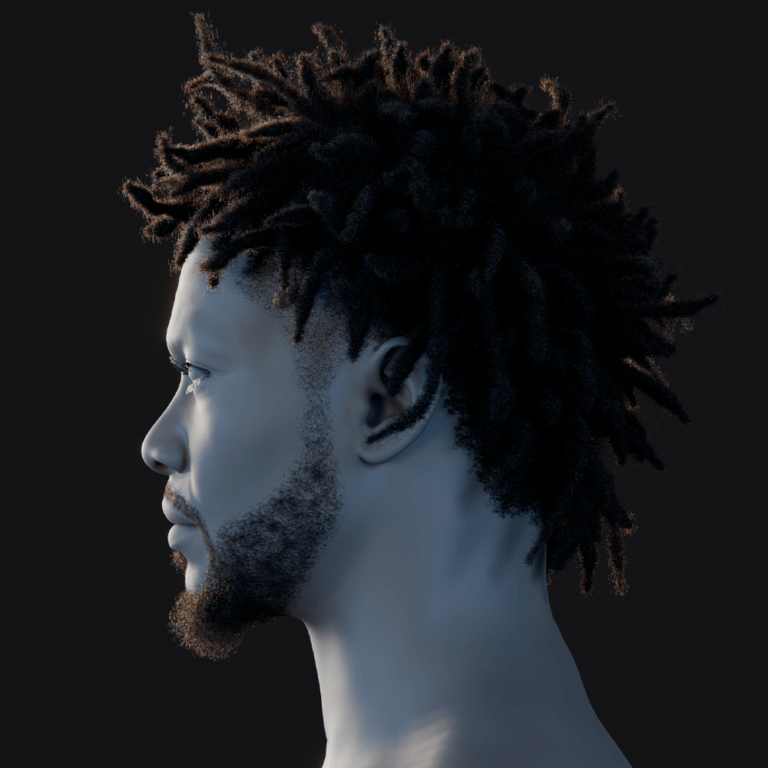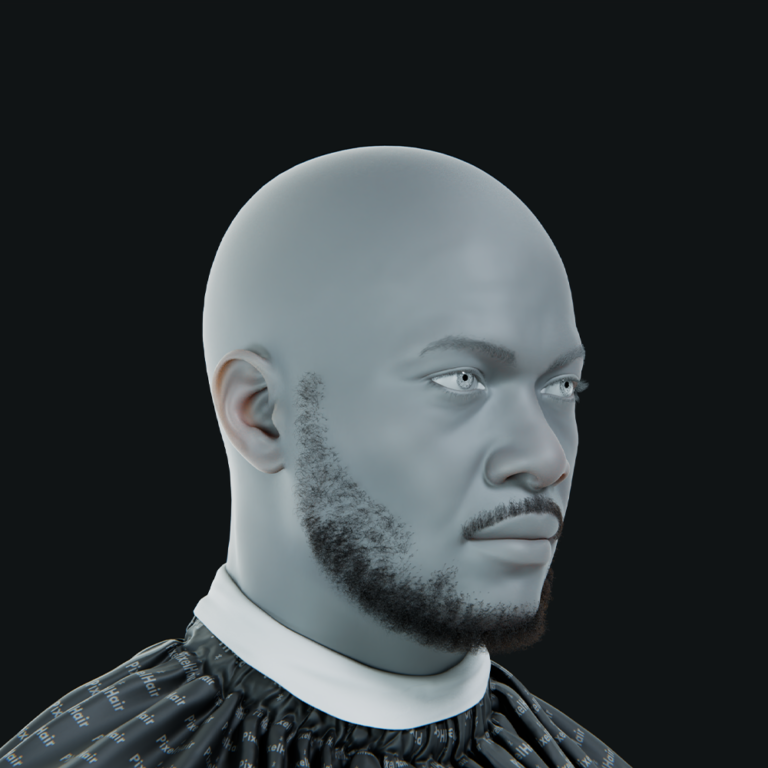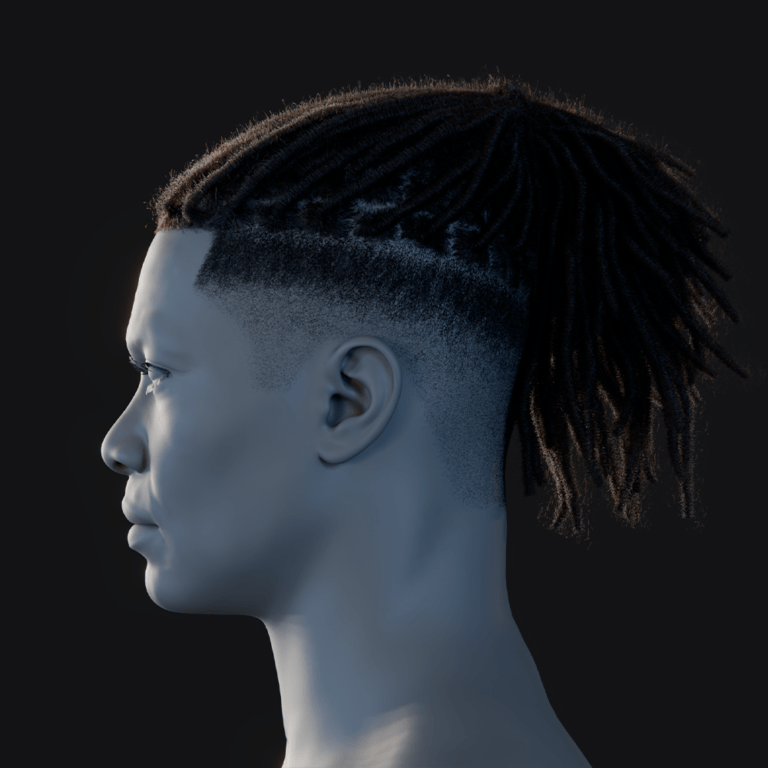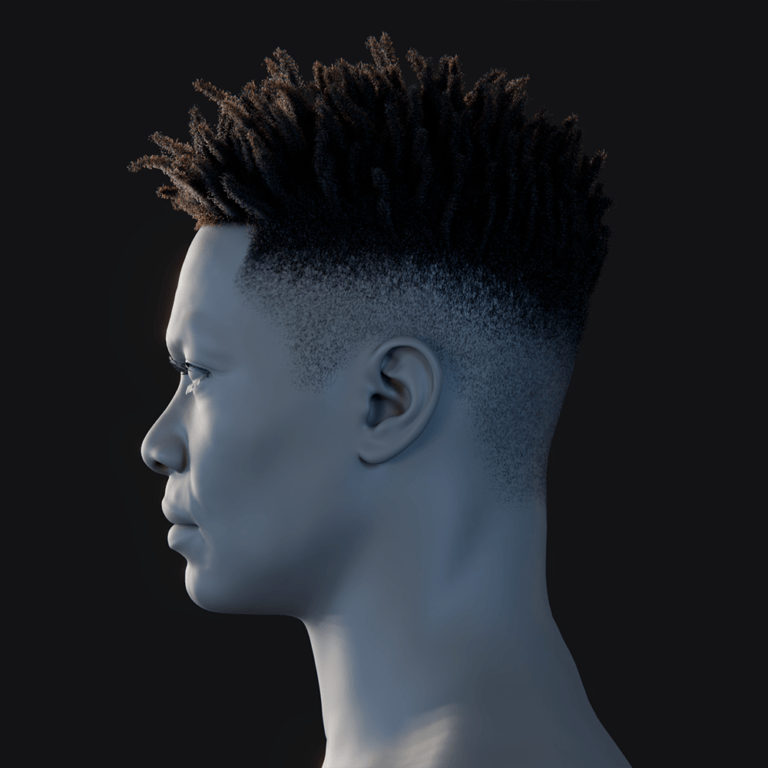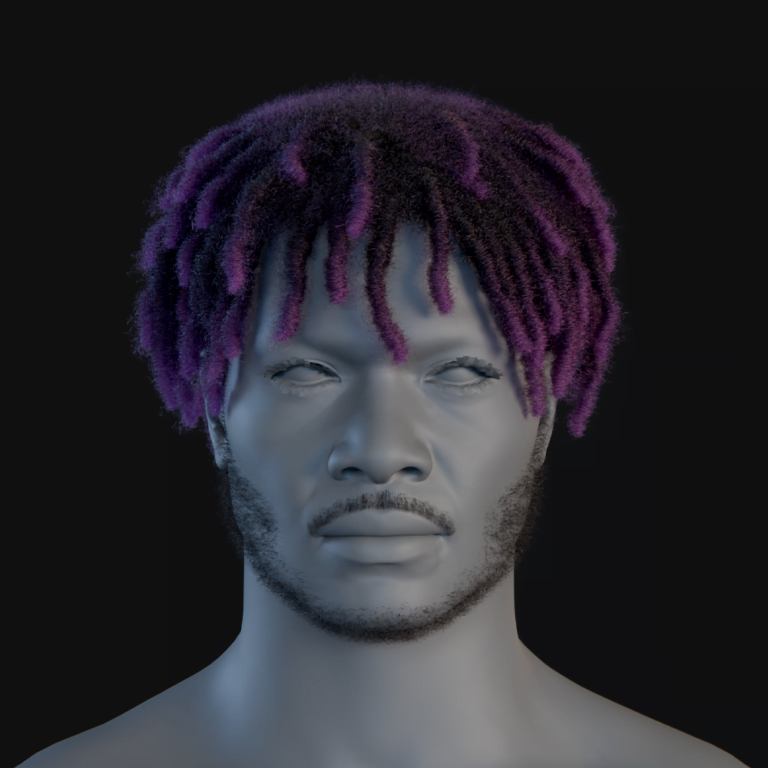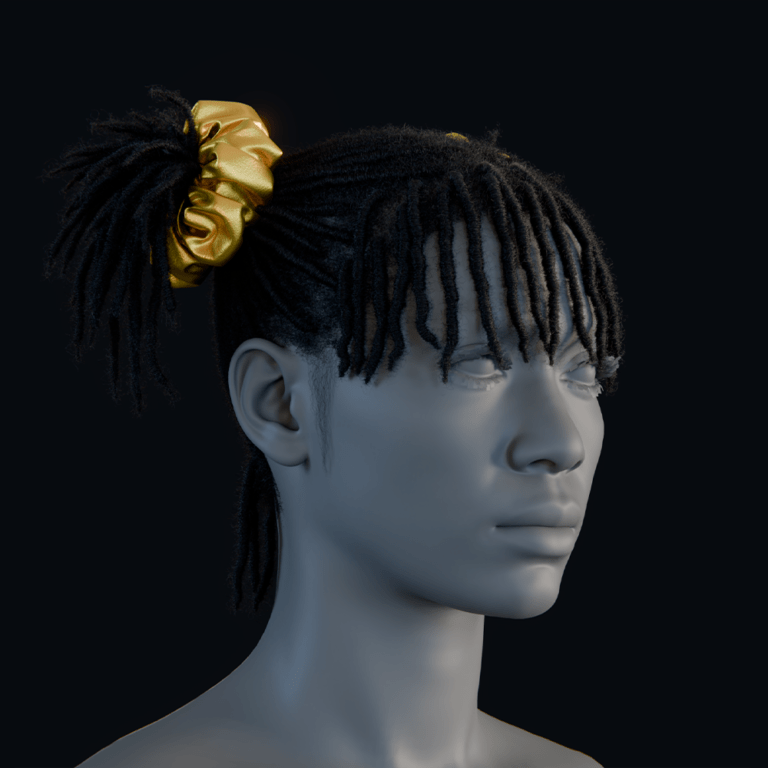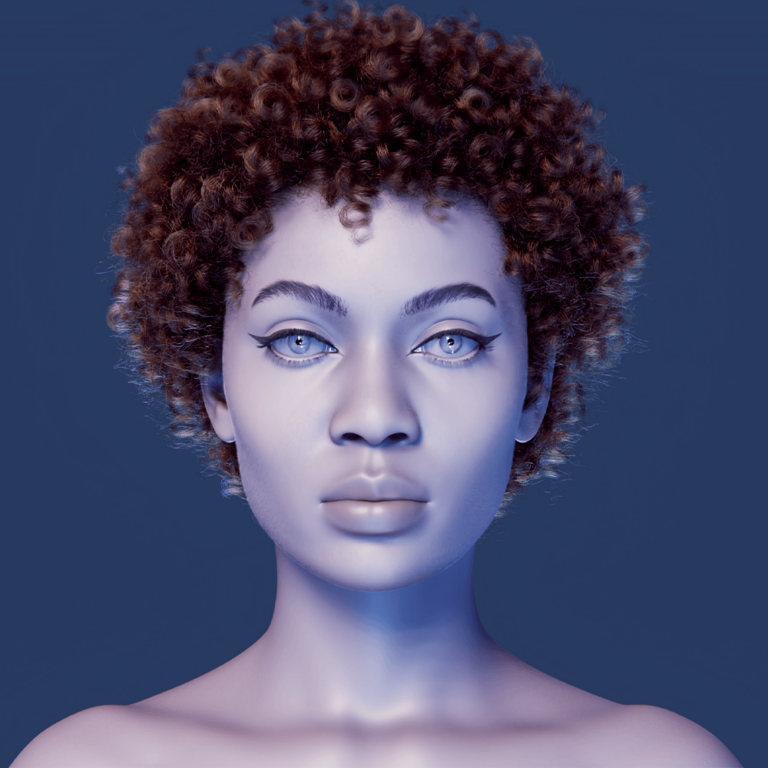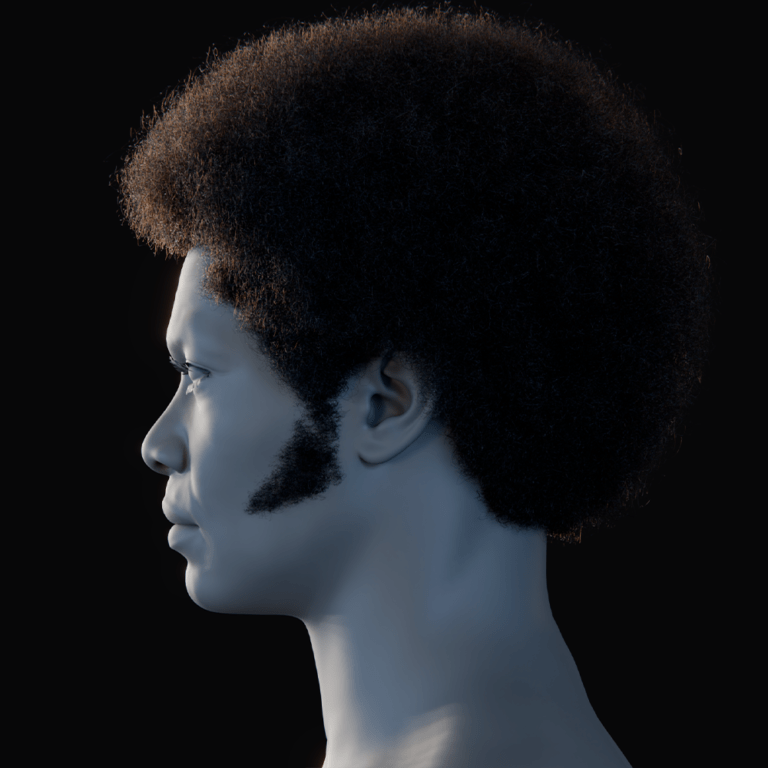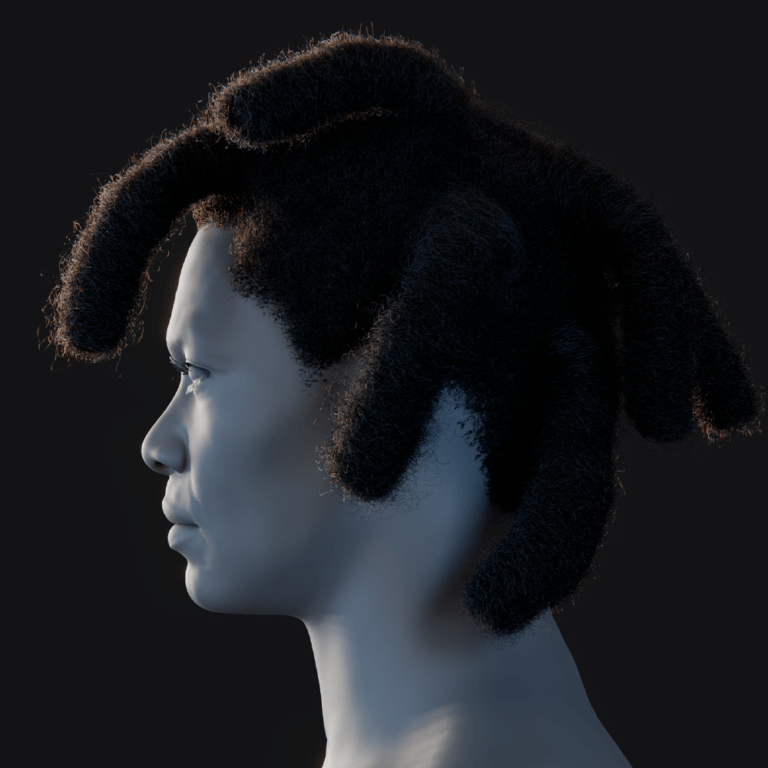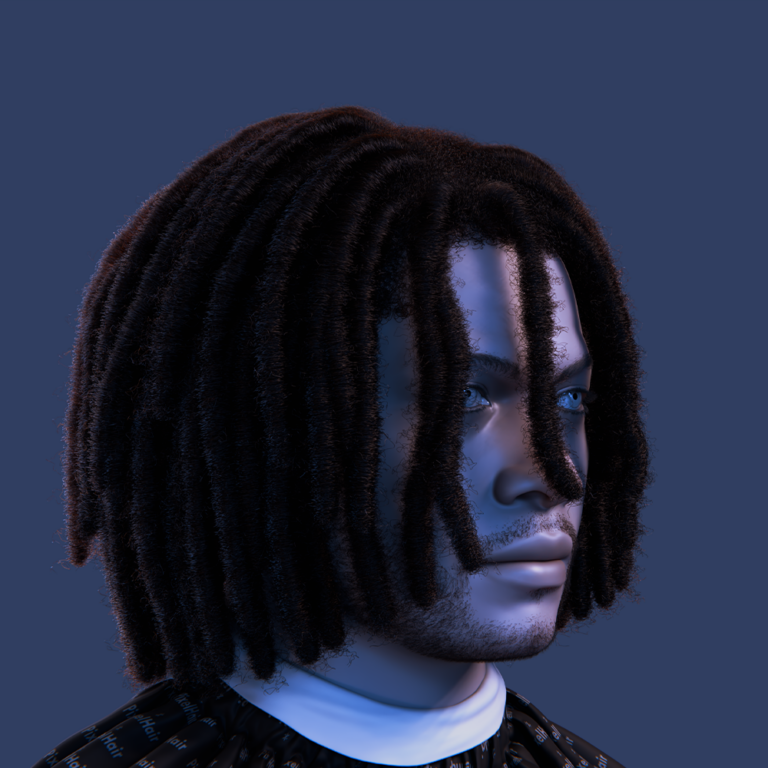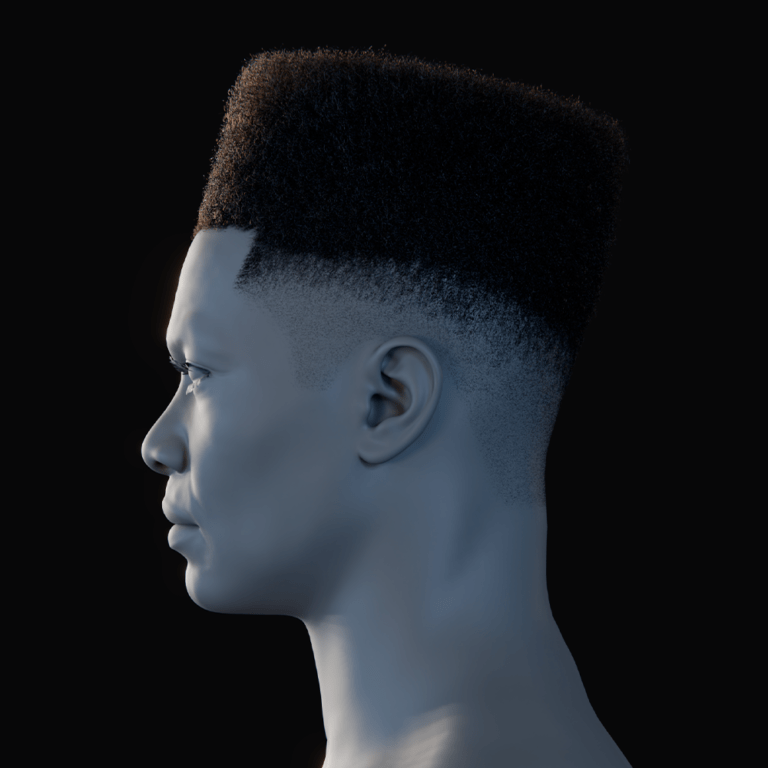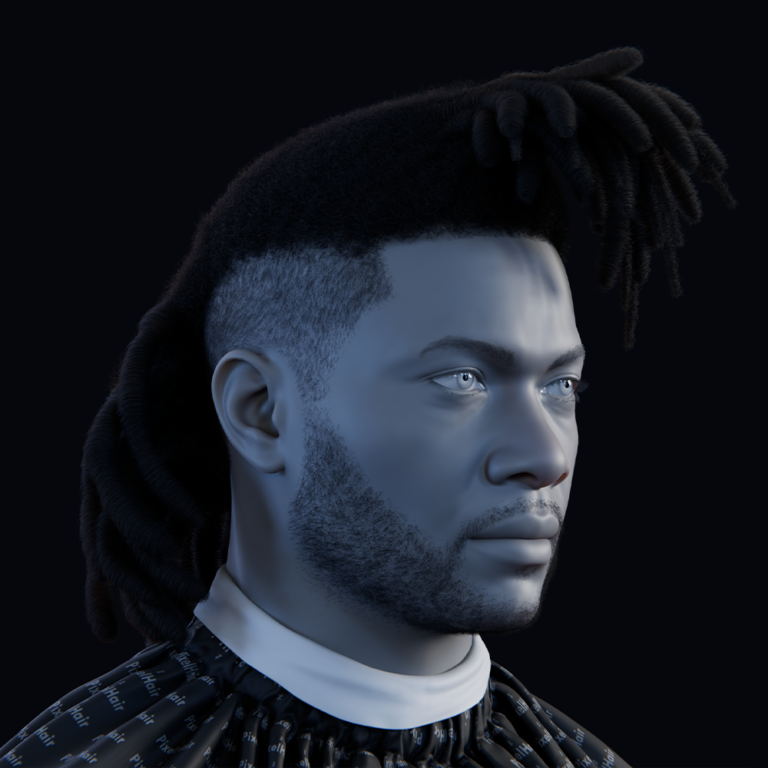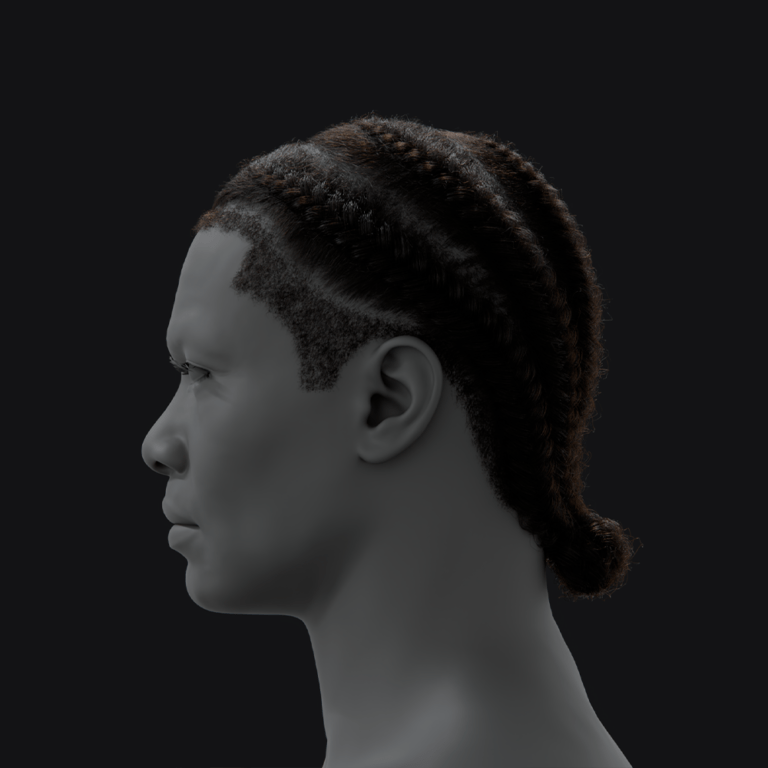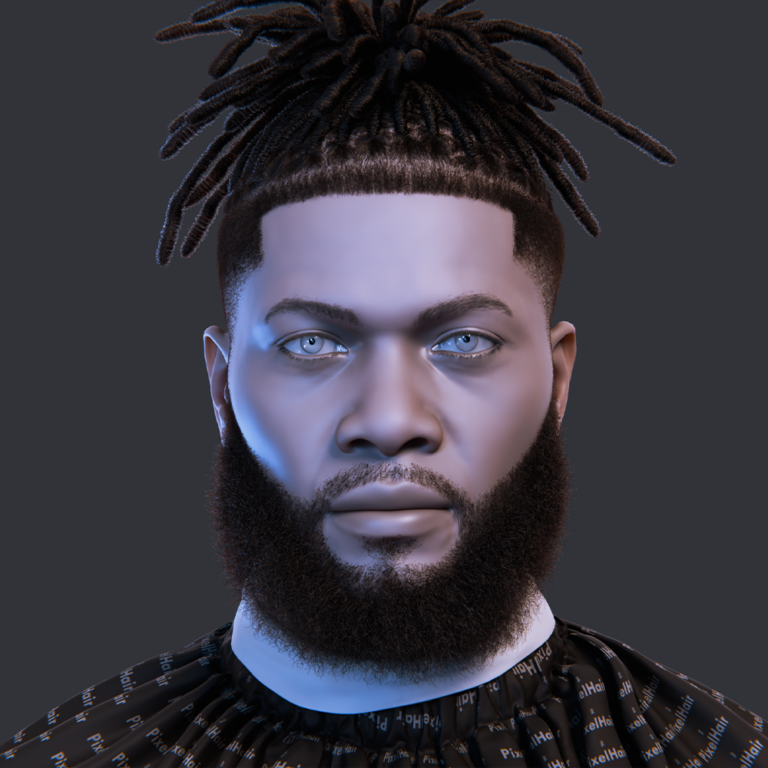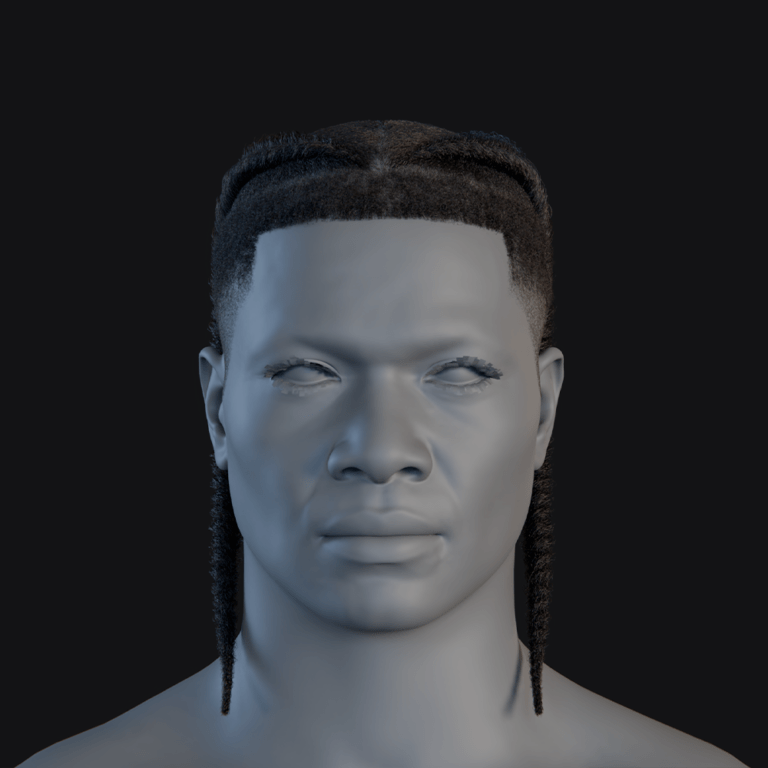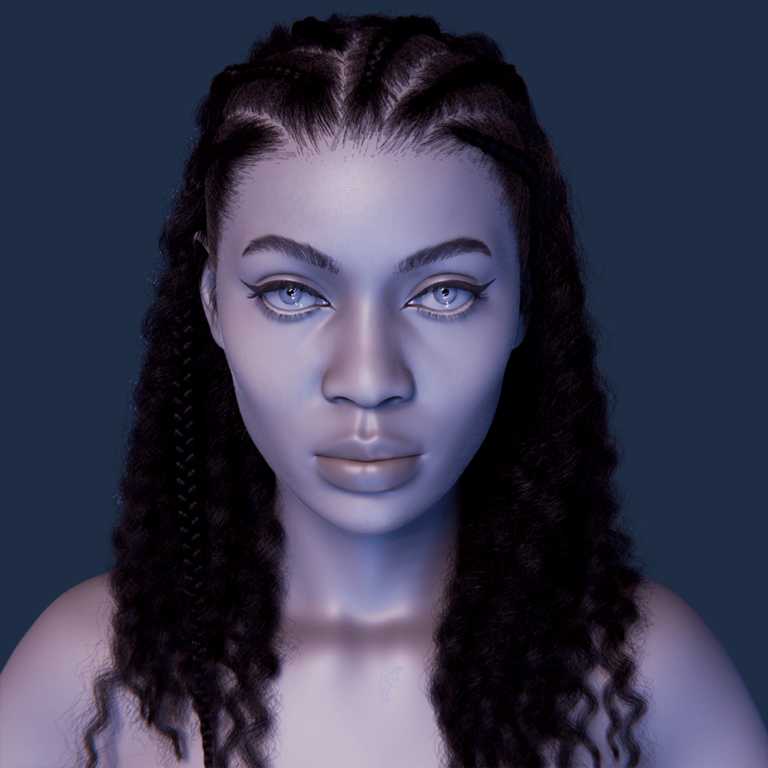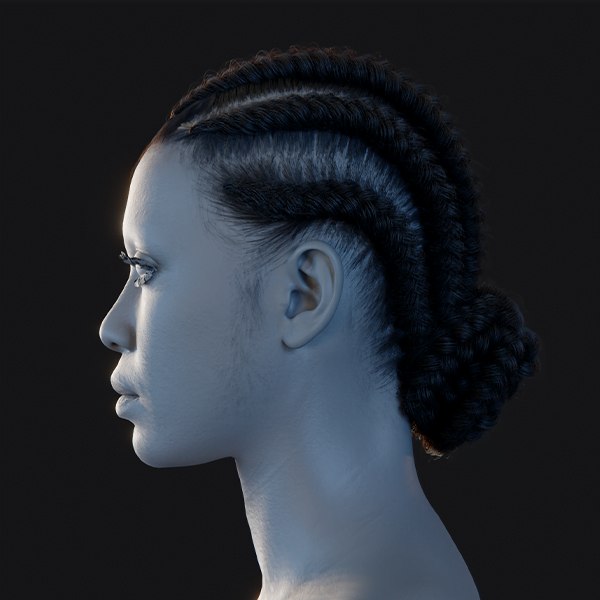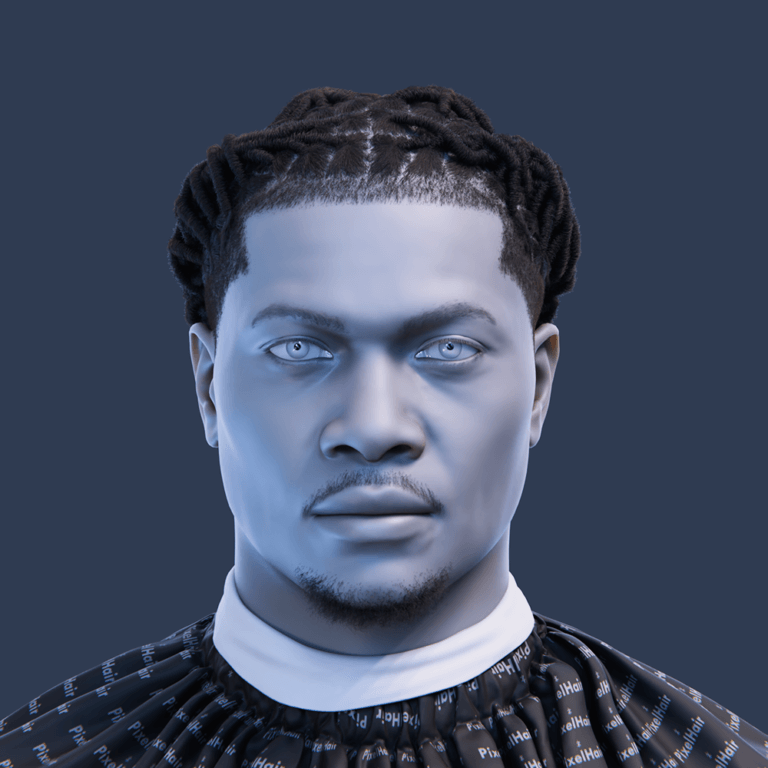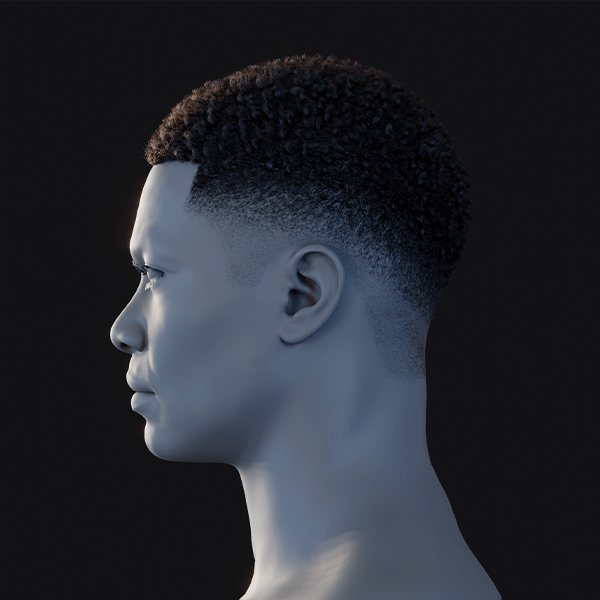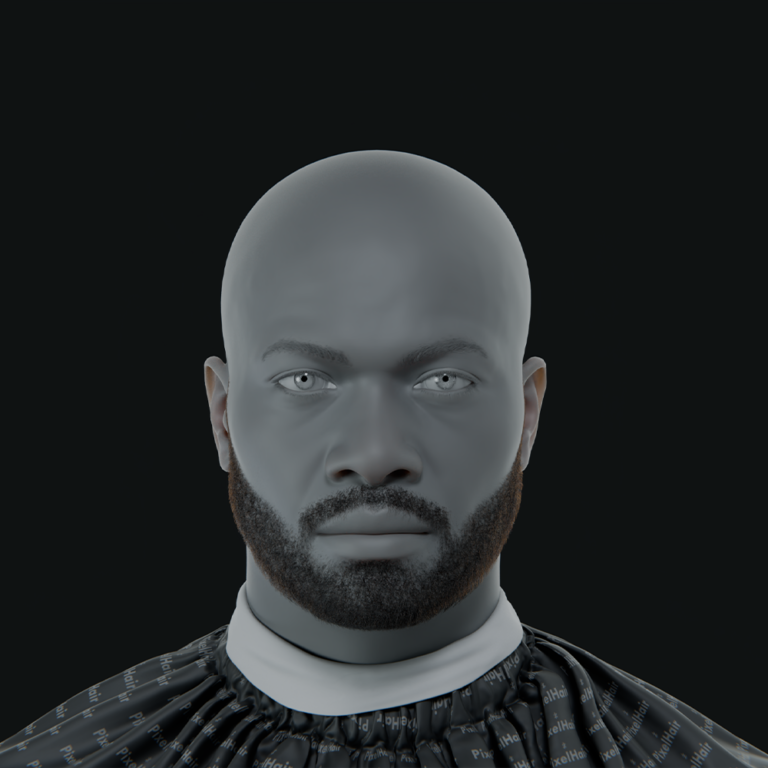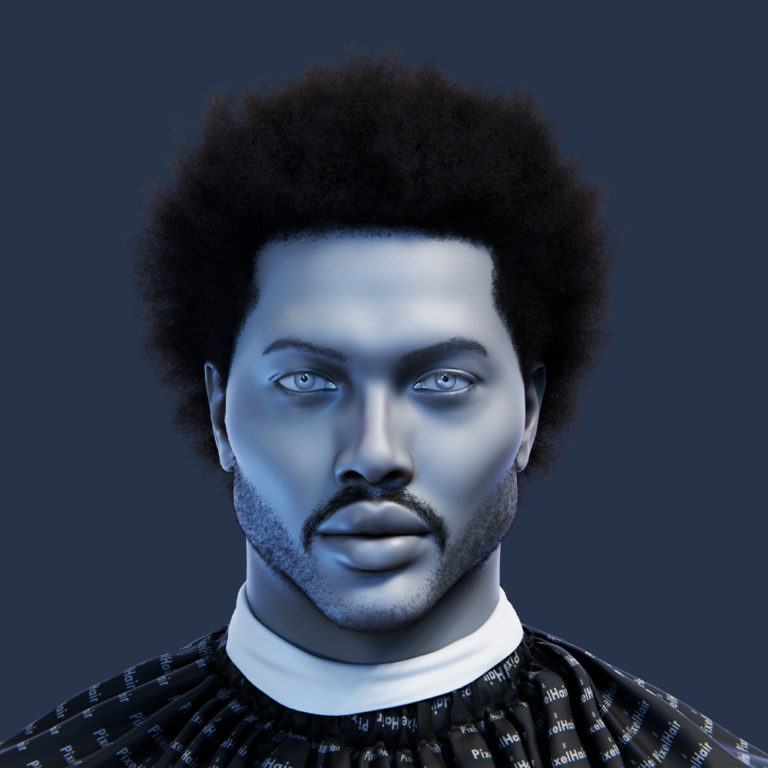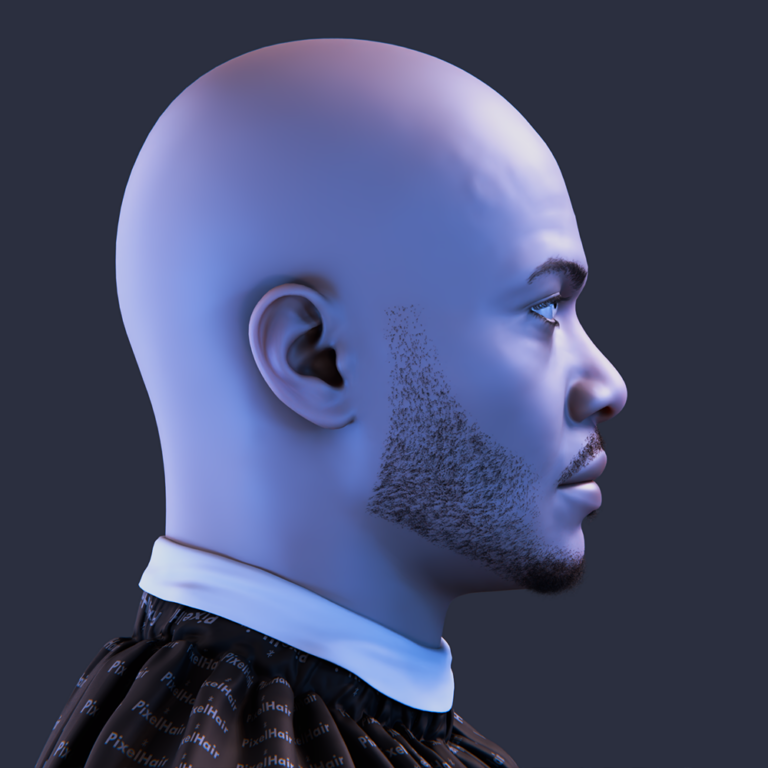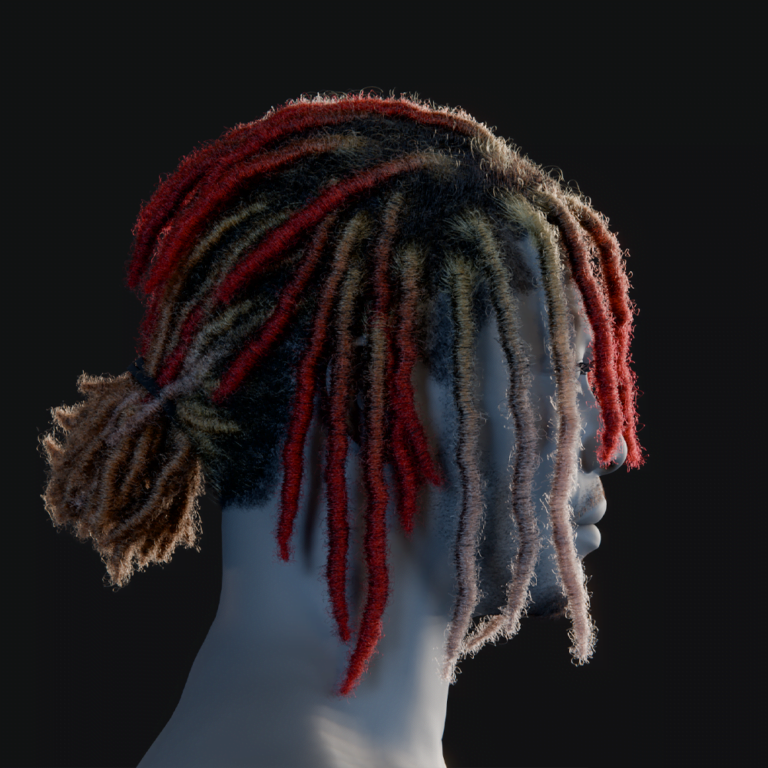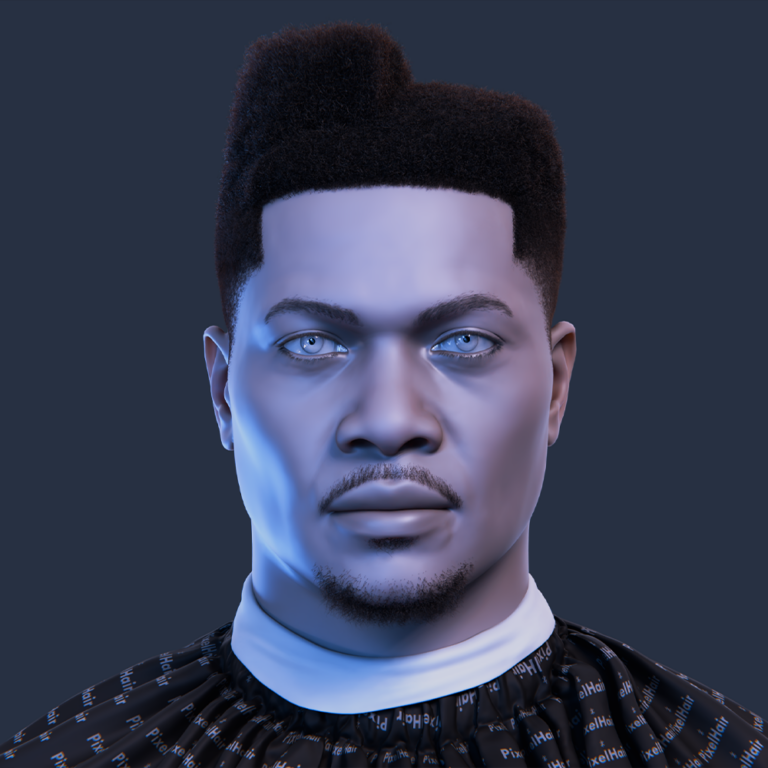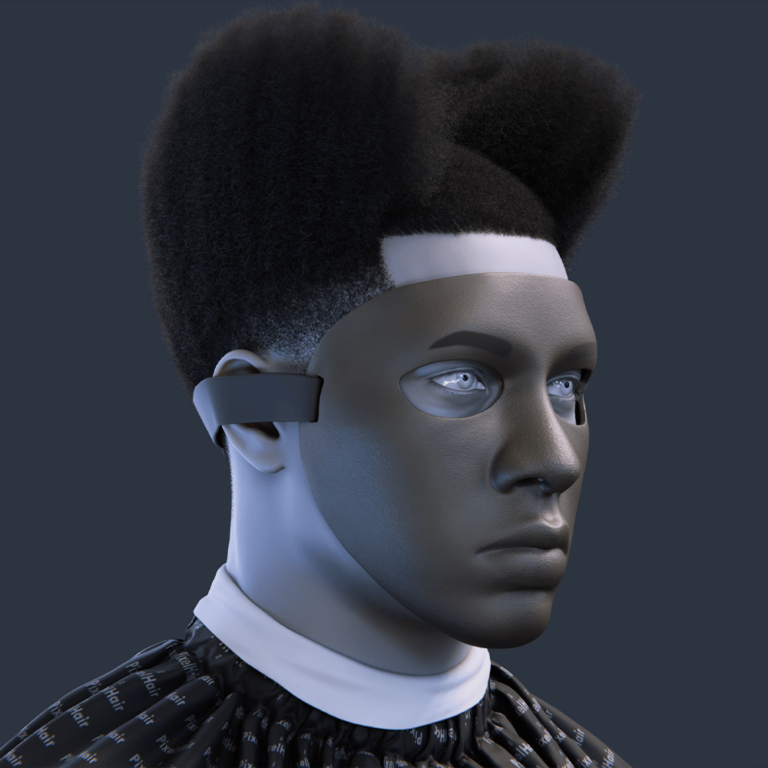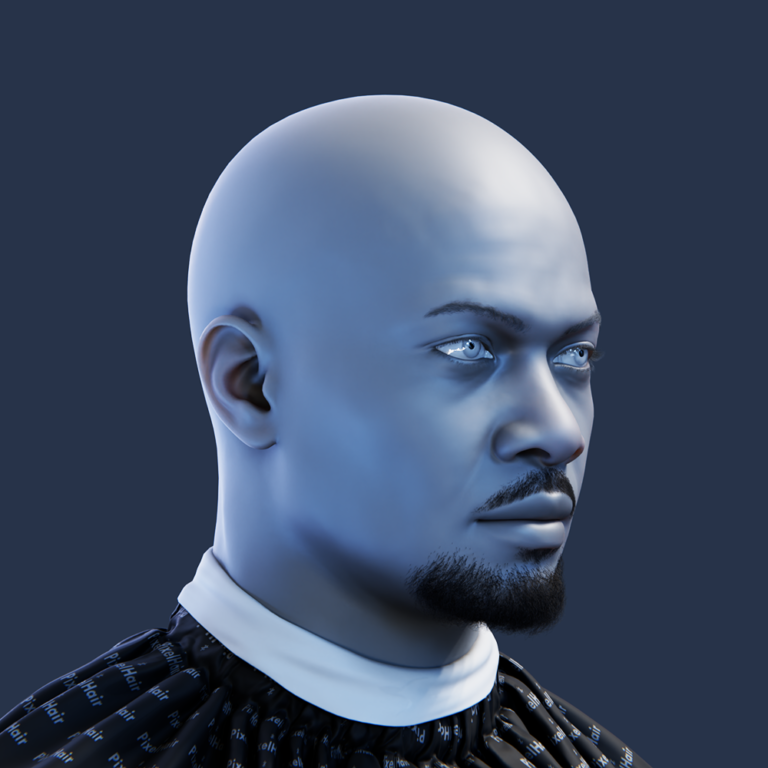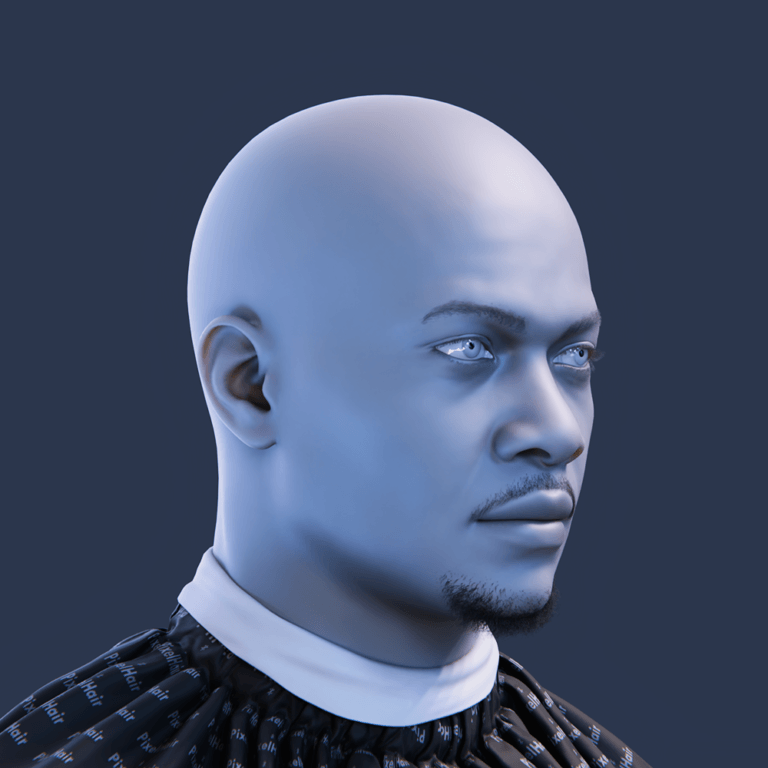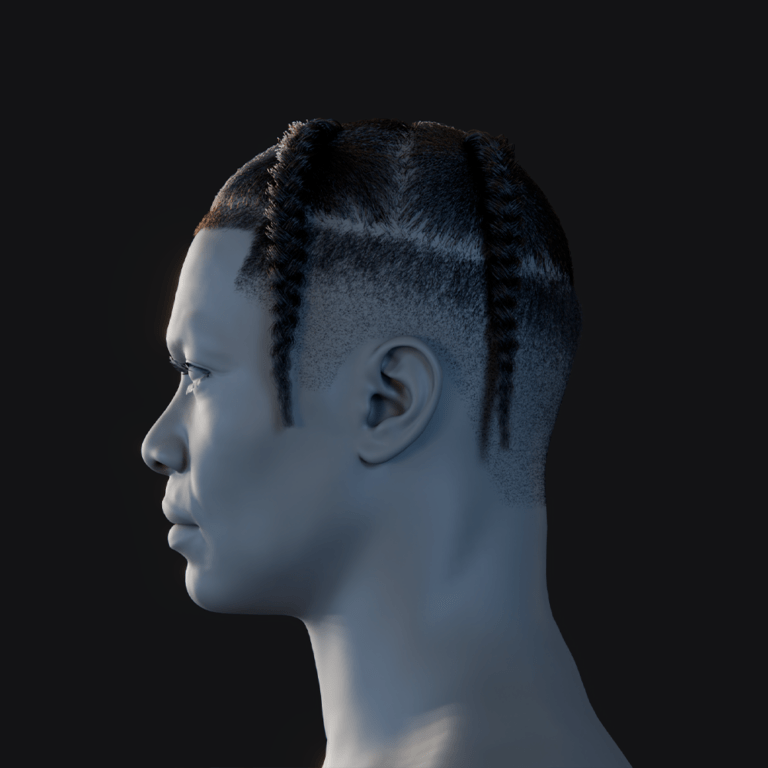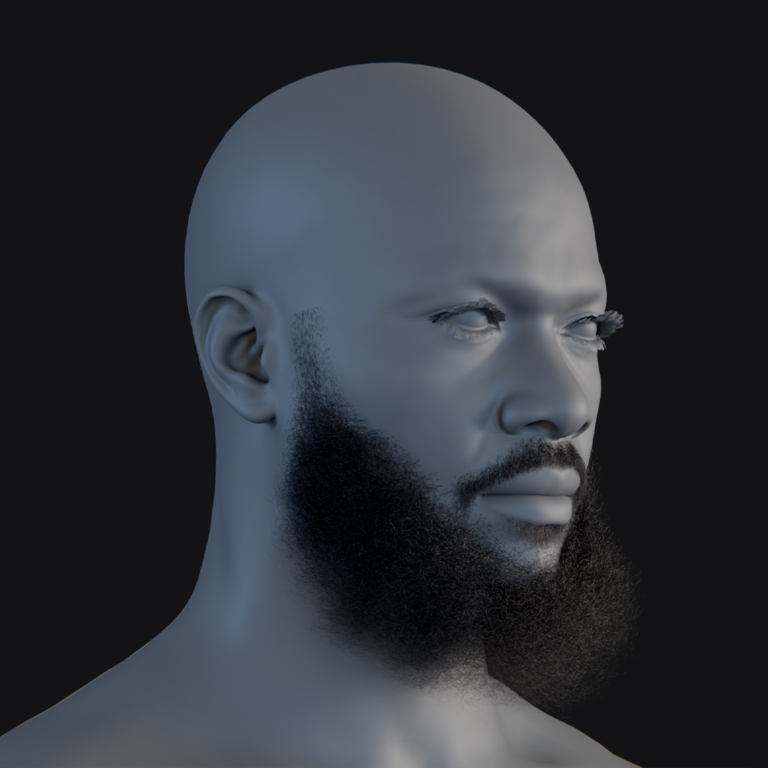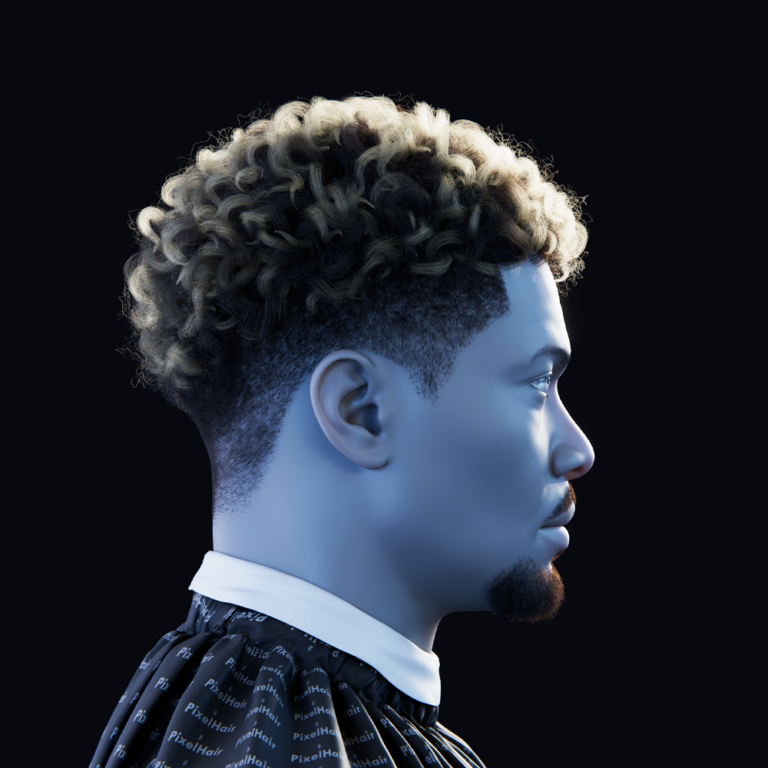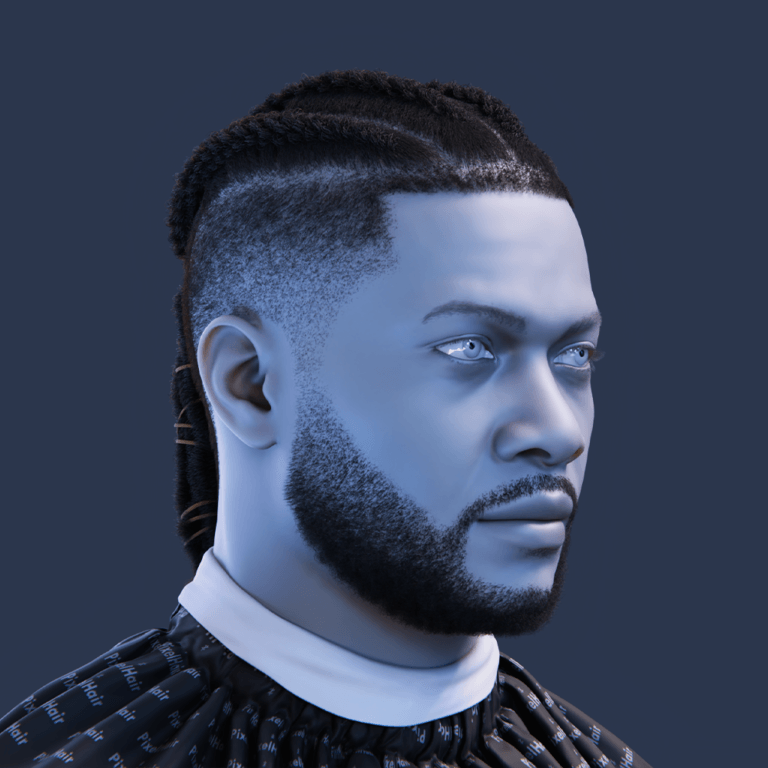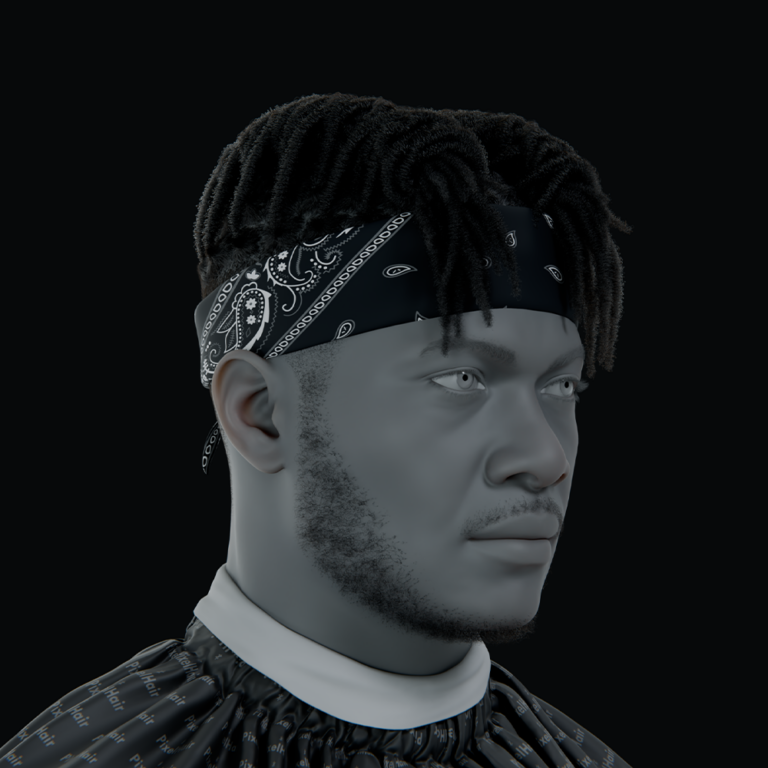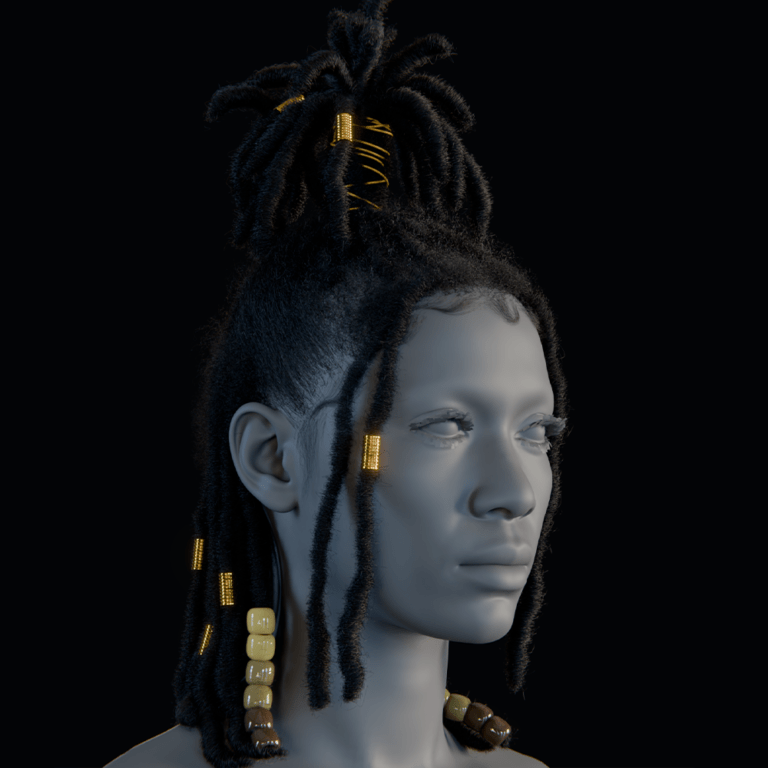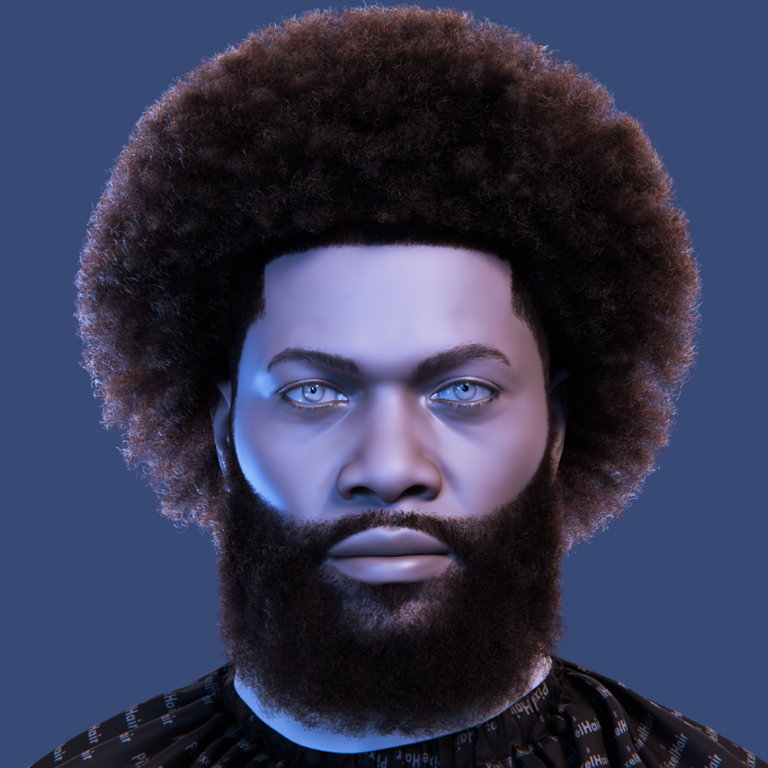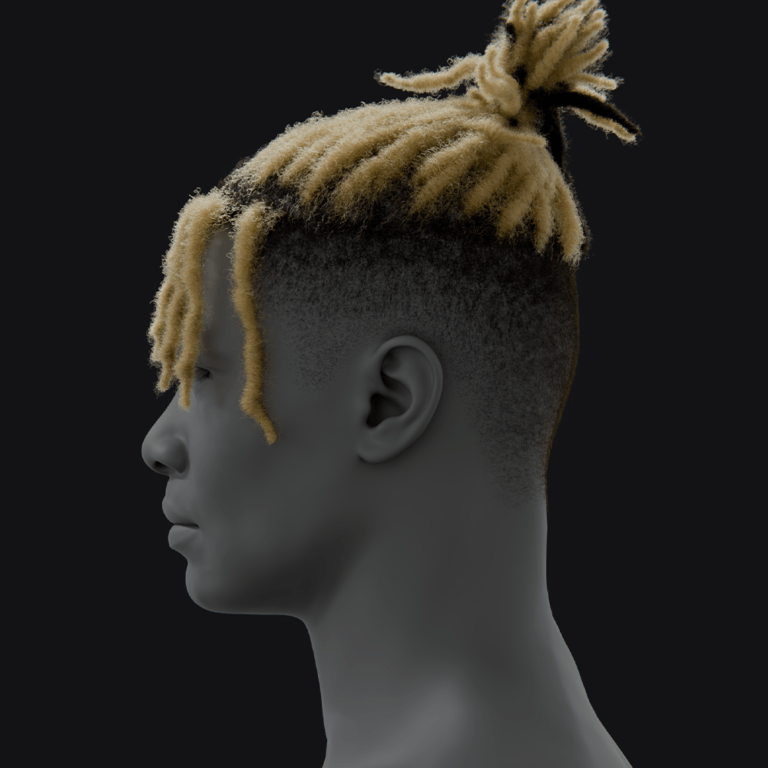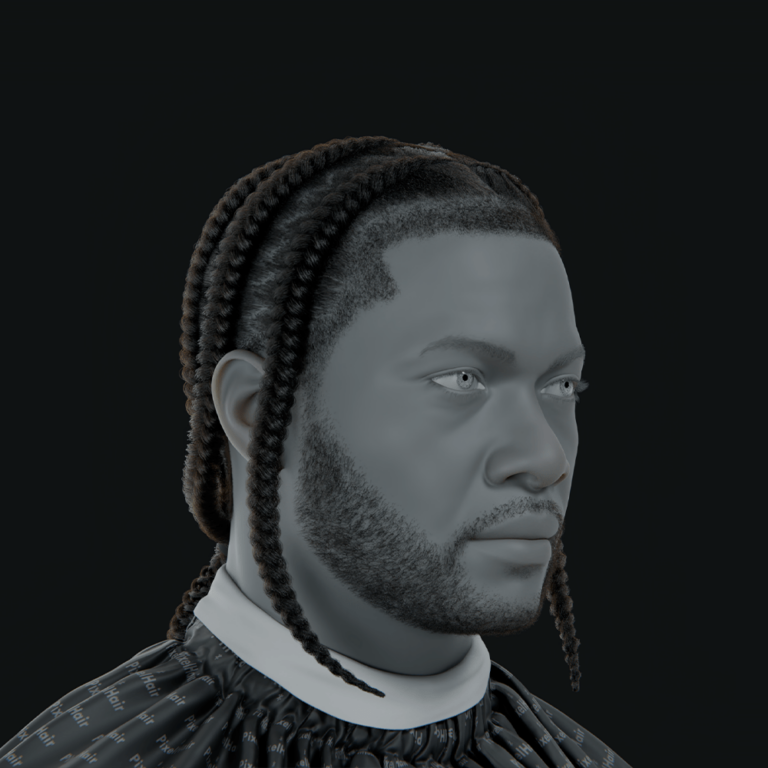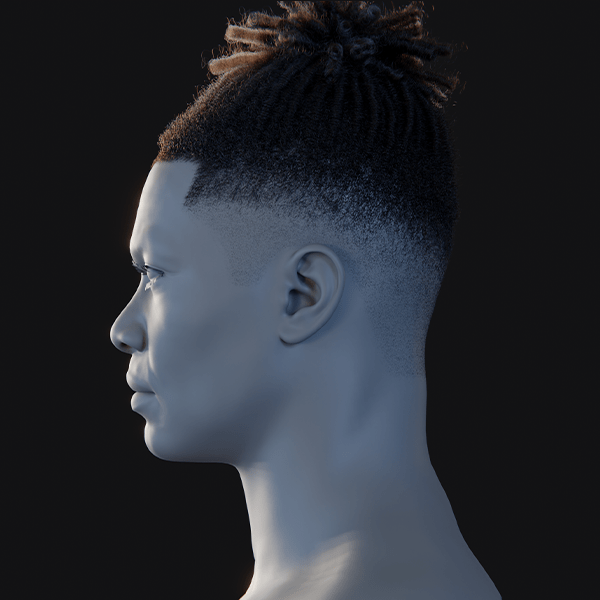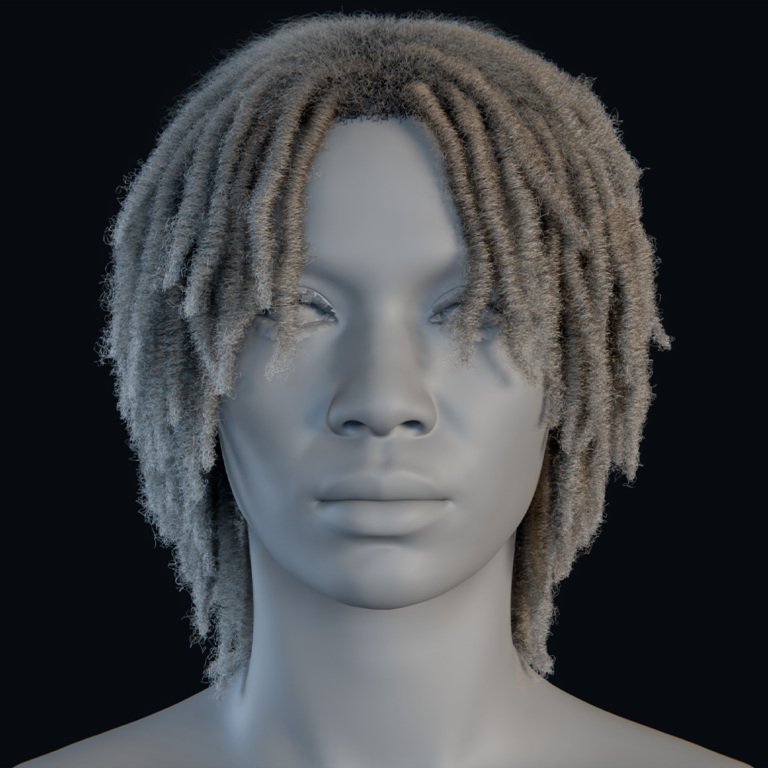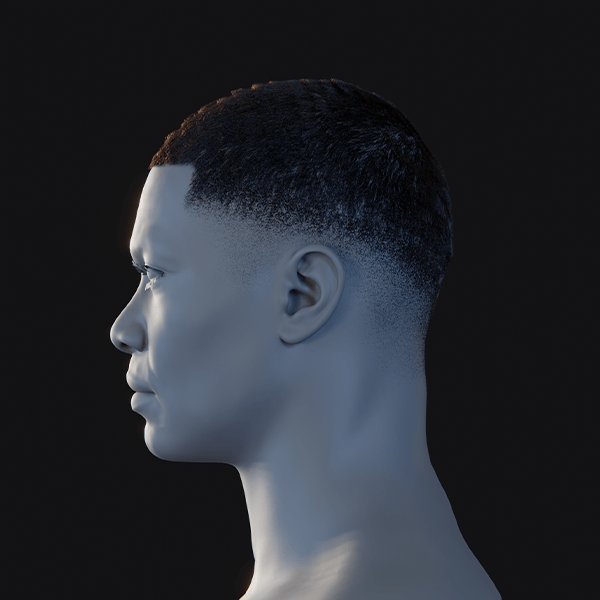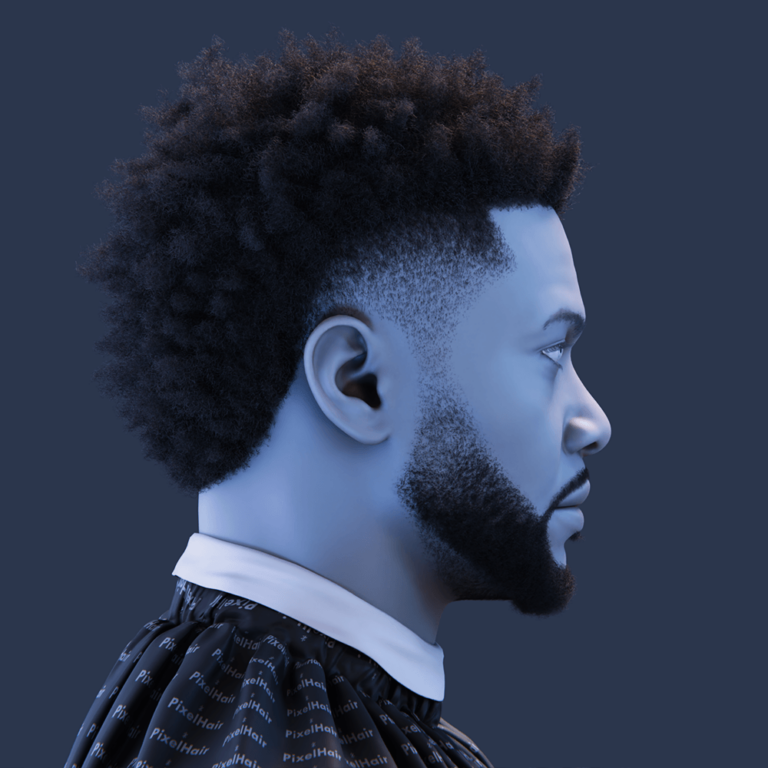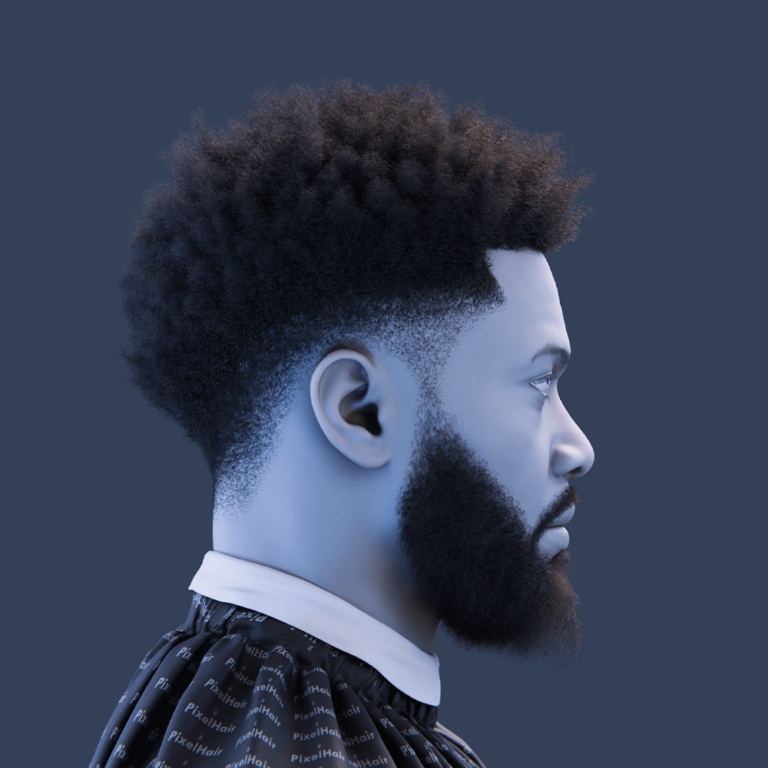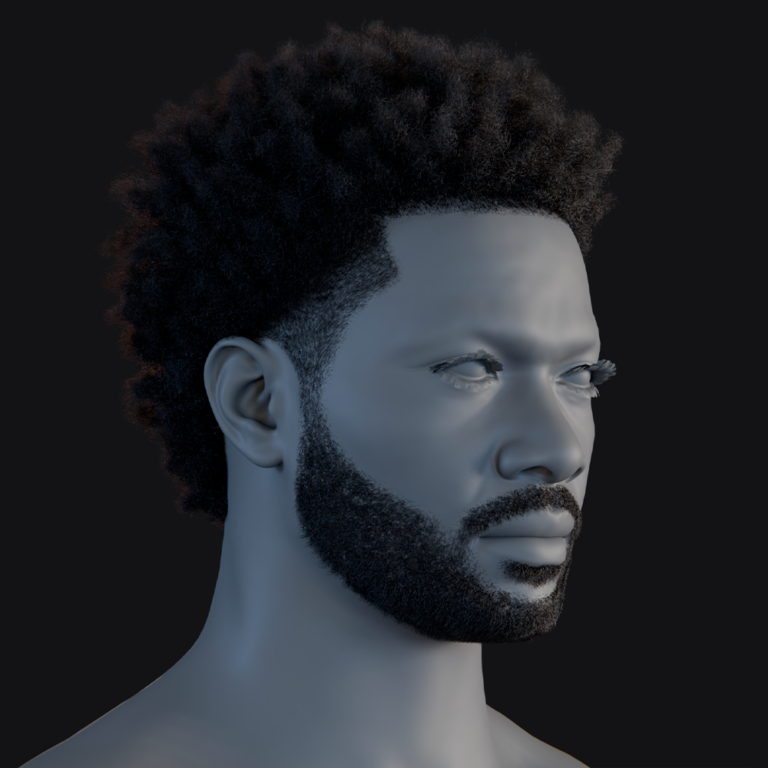Why are virtual avatars and mascots essential for modern branding?
Virtual avatars and mascots give a brand a face and personality, making it more relatable and memorable. They embody brand values and create emotional connections that plain logos can’t. For example, Duolingo’s green owl “Duo” greets learners in the app, cheers them on for milestones, and even nudges them to finish their lessons. This kind of interaction turns routine tasks into personal engagement. Marketing experts note that such storytelling mascots can significantly boost a brand’s online presence – one analysis said Duolingo “mastered… the art of storytelling marketing” through Duo. In short, a well-designed virtual character helps humanize a brand, improves recall, and invites users to form a friendly bond with the company.
How do virtual influencers enhance brand engagement and loyalty?
Virtual influencers act much like real social media personalities: they share content, engage with followers, and endorse products on behalf of a brand. Because they’re computer-generated, they can exist 24/7 without down time, can easily “travel” to new markets or languages, and always stick to the brand message. In fact, surveys show 58% of social media users follow at least one virtual influencer, and about 39% report these AI-driven personalities significantly affect their purchase intent. Brands gain tighter content control too: virtual influencers never age, never go off-script, and can be re-used across many campaigns. All this tends to raise engagement and build loyalty, especially among younger audiences who enjoy following these novel digital personas.

How do virtual mascots compare to human influencers in marketing effectiveness?
Virtual mascots offer consistency and control that human influencers can’t. They won’t get caught in scandals or say something unexpected, so brands know exactly what personality they’ll portray. As one analysis notes, virtual influencers have a “uniform appearance, personality, and content style,” guaranteeing predictable campaign outcomes. On the other hand, they lack the genuine life experiences and emotions of real people. Studies suggest that this can make virtual figures feel somewhat less authentic to audiences. In practice, virtual mascots shine in stability (no off-days or PR crises) and versatility, while human influencers offer real relatability and deep personal connection. The choice depends on a brand’s goals, but many companies find a blend of both types works best.
What are the benefits of using virtual influencers over traditional marketing methods?
Virtual influencers come with a unique set of advantages. Because they are entirely digital, brands retain total control over their image and messaging. They never age, never get into personal controversies, and can be deployed in any campaign or geographic market instantly. For example, a virtual influencer can speak multiple languages and “travel” anywhere online at no extra cost.
They also allow creative storytelling – Duolingo’s team, for instance, turned Duo into a meme-worthy character that kept users hooked to the app. In contrast to one-way ads, virtual influencers engage in conversations, reply to trends, and can even provide 24/7 customer interactions via chatbots. All this tends to make marketing more interactive and cost-effective, while still delivering precise, brand-aligned content to audiences.

How can brands measure the success of their virtual mascots and influencers?
Brands use many of the same metrics as for human influencers and social campaigns. Key indicators include reach and impressions (how many people saw the content), engagement rates (likes, comments, shares relative to audience size), and follower growth. They also track direct conversions: for example, clicks on trackable links, promo code uses, sign-ups, or sales attributed to the campaign. In practice, companies often set specific goals.
Duolingo measured success by app downloads: after the Duo campaign, Android downloads spiked 38% the next day. Another example: HelloFresh ran a 21-day influencer challenge that produced 461 posts and 5.5 million impressions, with 20% of followers mentioning the brand. Monitoring these figures – and comparing them to previous benchmarks – lets brands quantify the ROI of their virtual influencer marketing.
What are the ethical considerations in using virtual avatars for branding?
Using virtual avatars raises several ethical issues. Transparency is critical: audiences should clearly know they’re interacting with a digital character, not a real person. Research warns that if a virtual influencer makes a mistake, consumers often blame the brand behind it. Brands must also consider authenticity and representation. A virtual persona can’t truly have personal experiences or emotions, so its recommendations may feel less genuine.
There have been real controversies – for instance, a virtual Barbie influencer was criticized for promoting unrealistic body standards and lacking diversity. To avoid trust issues, companies should fully disclose that avatars are fictional, ensure diverse and respectful portrayal, and have plans in place if the character’s content backfires. Careful oversight, as advised in recent studies, is essential to keep virtual mascots ethical and trustworthy.

How do virtual mascots like Duo influence consumer behavior and brand perception?
Virtual mascots can shape behavior and perception by creating memorable interactions and emotional ties. For example, Duo the owl in Duolingo’s app acts like a friendly coach and even a playful “nag” through notifications, which has motivated users to stick with their lessons. When Duolingo joked that Duo “died,” it went viral – illustrating how much people cared. Such campaigns trigger parasocial relationships: consumers feel connected to the character and are more likely to act (like opening the app or sharing posts).
Moreover, these mascots make brands seem modern, fun, and engaging. Consumers start to associate the brand with the mascot’s personality – if Duo is helpful and a little cheeky, Duolingo feels that way too. In short, effective mascots can turn brand interactions into stories and even habits (like doing lessons so Duo won’t “visit” you!), which can boost loyalty and positive perception.
What are the challenges in maintaining the relevance of virtual brand mascots?
Keeping a virtual mascot relevant requires constant creativity and adaptation. Audience fatigue is a big risk – once the novelty wears off, users may ignore the character. Brands must continually produce fresh content and tie the mascot into current trends or seasons. A challenge is also technical: as media platforms and consumer tastes evolve (think new social apps or AR experiences), mascots must be updated or they’ll seem outdated.
For example, if a cartoon character never updates its look or language, it can feel stuck in the past. There’s also the danger of inconsistent messaging; the mascot’s persona must evolve carefully to match any brand changes. Finally, creating high-quality content (3D animations, voice clips, etc.) can be resource-intensive. Overall, teams need to treat the mascot like a dynamic brand ambassador – actively refreshing its storyline – to maintain user interest and relevance over time.

How can small businesses leverage virtual influencers for marketing?
Even small businesses can tap into virtual influencer marketing on a budget. The key is to start simply and stay authentic to your niche. For example, a local shop might create a friendly cartoon avatar or a simple 3D character that reflects its brand (such as a coffee cup character for a cafe). There are many low-cost tools and platforms – from avatar generators to mobile apps – that let you design basic virtual personas without needing a big studio.
Since 58% of consumers already follow at least one virtual influencer, the audience is ready to engage. Small brands can use these avatars on social media to announce promotions, answer FAQs in video format, or join relevant conversations. They can also partner with micro virtual influencers or use user-generated virtual content. The key is to align the virtual persona with the brand’s story and to engage locally or within a target community. By treating the avatar as a fun brand spokesperson (even on a small scale), even startups and local businesses can benefit from the growing interest in digital influencers.
What are some successful examples of virtual mascots in other brands?
Many brands have created memorable virtual characters. In fashion, Shudu Gram became one of the first digital supermodels, collaborating with brands like Balmain and appearing in Vogue campaigns. Lil Miquela is a very famous virtual influencer – a “21-year-old robot” based in L.A. – who’s been featured by TIME Magazine and worked with Prada, Calvin Klein and other major brands. Other avatars include Bermuda (another fashion-focused virtual persona) and Rozy Gram (Korea’s first virtual influencer, who partnered with Tiffany & Co.).
Outside influencers, classic mascots like the M&M’s characters or the Geico Gecko also serve similar roles, though as longstanding brand icons. Even recent campaigns like KFC’s CGI Colonel Sanders show how virtual figures can refresh a brand’s image. These examples illustrate how diverse virtual mascots – from completely fictional avatars to animated brand characters – can capture attention and convey brand messages successfully.

How does the integration of virtual avatars align with the future of digital marketing?
Virtual avatars are very much part of the next frontier in marketing. Experts say they’re “changing how marketing works” by providing new ways to engage digital audiences. As technologies like VR/AR, AI, and the metaverse grow, consumers will expect brands to have a presence in those spaces – and avatars will be the obvious ambassadors. For instance, brands are already creating virtual stores and events where digital personalities can interact with customers.
Research from Northeastern University suggests that in the virtual “metaverse,” avatars will advertise products, but companies will need strict guidelines to protect brand trust. In practical terms, using avatars now prepares a brand for that future: it builds a recognizable identity in digital channels and experiments with AI-driven content. Overall, integrating virtual personas aligns with trends toward more immersive, personalized, and interactive marketing – essentially putting brands “where people will be” in the coming years.
What role did Duo Keyshauna Renee Lingo play in Duolingo’s branding strategy?
Duo Keyshauna Renee Lingo (just called “Duo”) is the official Duolingo mascot – a green owl meant to symbolize knowledge and encouragement. From the start, Duolingo used Duo as more than just a logo. According to Duolingo’s marketing team, Duo “greets learners” in the app and “cheers them on” during lessons.
Duolingo even published an internal style guide describing Duo as “persistent” and “supportive”, so the mascot’s online voice stays on-brand. This character became Duolingo’s voice on social media: as Adweek noted, the company treats user comments as “the social brief” for Duo’s content. In practice, Duo’s playful yet demanding persona (reminding users about lessons) has become a core part of Duolingo’s image and a major driver of engagement with the brand.

How did Duolingo’s use of Duo evolve over time?
Duo began in 2011 as a simple logo, but over the years Duolingo gradually brought the owl to life. By 2017, Duo became a central character in Duolingo’s social media and user experience. He started as a friendly avatar in the app interface, then Duolingo’s marketing team gave him lines in push notifications and meme-ready moments.
Over time, Duo appeared in cross-promotional videos (even a collaboration with Angry Birds in 2020) and developed a humorous “persistent tutor” persona. The biggest evolution came in early 2025, when Duolingo staged a dramatic viral stunt around Duo’s “death.” In each campaign, the character grew more animated and interactive. In short, Duo evolved from a static icon into a fully fledged virtual brand ambassador – complete with storylines that keep users talking about Duolingo.
What impact did the ‘death’ of Duo have on Duolingo’s audience engagement?
The (faux) “death” of Duo had a huge impact on Duolingo’s engagement metrics. Analytics firms reported that immediately after the stunt, Duolingo’s Android monthly active users jumped about 25% year-over-year, and daily downloads spiked ~38%. On iOS, the day of the announcement saw its highest download count of the year.
Media coverage and social buzz also exploded: Axios reported that a wide range of organizations – Netflix, video game companies, even the WHO and ESA – joined the joke by posting about Duo. Duolingo’s own campaign encouraged users to complete lessons to “save” Duo (the “Duo or die” challenge), gamifying the learning experience. In summary, killing Duo (in a mock way) dramatically boosted Duolingo’s visibility and re-engaged users, proving how a bold mascot-driven stunt can translate into real growth.

What lessons can brands learn from Duolingo’s approach to virtual mascots?
Duolingo’s experience offers several key lessons. First, creativity and humor pay off. They weren’t afraid to let Duo behave wildly or even “die,” and it captured people’s attention. Second, listen to your community. Duolingo’s team said they let the comment section guide Duo’s content, which keeps their posts authentic and crowd-pleasing. Third, tie the mascot to your product goals: Duolingo made lesson completion part of saving Duo, directly linking engagement with the core app.
Fourth, consistency in character is important. Duo’s style guide ensures he’s always “helpful” and never genuinely angry, so audiences trust him even when he jokes. Finally, Duolingo shows that storytelling with your mascot – even in unexpected ways – can build massive buzz. A successful campaign doesn’t have to be a traditional ad; Duolingo turned Duo into a conversation starter and drove brand growth in the process.
How can brands create compelling virtual mascots like Duo?
Start by defining a clear character and voice for your mascot. Give it human traits and goals that reflect your brand (Duolingo, for example, made Duo “persistent” and supportive). Invest in good design – whether cartoonish or realistic – and consider tools like 3D modeling software or AI-driven avatar generators to create the visuals. Plan how the mascot will interact: Will it appear in app notifications, social posts, or even AI chat features? Next, build a content strategy.
Engage the mascot in relevant cultural conversations and respond to followers – Duolingo’s rule was “the comment section is our social brief”. Finally, integrate the mascot with your products or services (e.g. gamify a task, like completing lessons to “save” Duo). By giving your mascot relatable traits, a consistent presence, and a personality that resonates with your audience, brands can create a character that users will follow and remember.

What technologies are used to develop virtual avatars and influencers?
Developing virtual avatars draws on a mix of 3D and AI technologies. Common tools include 3D modeling software (like Blender, Maya or Unreal Engine) to create character models and animations, and motion-capture systems to animate them realistically. There are also many AI-powered avatar generators and virtual assistant platforms.
For example, Synthesia and Inworld allow brands to create speaking digital characters for video content, and Ready Player Me or Digital People (by Soul Machines) are used to make metaverse/assistant avatars. AI techniques (natural language processing, voice synthesis) give avatars the ability to speak or chat. Even specialized tools help: for instance, PixelHair provides ready-made 3D hair assets to make characters more lifelike, and plugins like The View Keeper streamline animation by saving camera setups. In short, the field uses a combination of CGI graphics engines, AI algorithms (for speech and decision-making), and game/animation tools to bring virtual influencers to life.
How does PixelHair contribute to realistic 3D hair modeling for virtual characters?
PixelHair is a specialized resource for 3D artists that provides high-quality, pre-made hair assets for characters in tools like Blender and Unreal. Instead of manually sculpting every strand, an artist can apply a PixelHair hairstyle onto their model. Each PixelHair asset comes fully groomed and optimized, saving weeks of work.
Because the hair is already styled, animated, and textured, it appears highly realistic. For example, PixelHair offers various styles (long, short, wavy, etc.) as .blend files that can be imported and fine-tuned in your scene. This means even small studios can give avatars lifelike hair without the enormous effort of building it from scratch. In effect, PixelHair accelerates the creation of believable virtual characters by handling one of the most challenging parts – realistic, dynamic hair.

What is The View Keeper, and how does it assist in managing camera views for virtual content?
The View Keeper is a Blender add-on designed to simplify camera management in 3D scenes. Normally, animators must manually configure each camera angle, but The View Keeper saves and recalls those settings. It lets you store multiple “view records” on a single camera – for example, a wide shot, a close-up, and a portrait shot – and switch between them with one click.
This is a huge time-saver. It also saves render settings (resolution, aspect ratio, file paths, etc.) per camera so you don’t have to re-enter them. For virtual content creators, The View Keeper means you can easily capture consistent shots for social media formats (landscape, vertical, 360°, etc.) without re-configuring the scene. In short, it keeps all your important camera angles organized and retrievable, helping you produce polished virtual videos and images more efficiently.
How to get started with creating a virtual influencer or mascot for your brand?
Getting started involves a few key steps. First, define your mascot’s concept: decide its personality, appearance, and how it represents your brand. Sketch out its look or use an avatar creation tool. Second, choose your creation tools. You might use graphic design or 3D software (Blender, Daz3D, or even game engines like Unreal) to model the character, or leverage AI avatar platforms (like Ready Player Me or Synthesia) for quicker results. Third, develop content: write scripts or prompts for your avatar, record any voiceovers (or use a text-to-speech engine), and produce images or videos with it.
It’s important to establish social media accounts or channels for the mascot. Start with simple posts – maybe an introduction video or chat – and plan a content calendar (for example, weekly tips or stories from the mascot). Finally, listen and iterate: use comments and metrics to see what users like, and refine the character over time. For beginners, there are many tutorials and free assets (even PixelHair for hair or ready-made meshes) to speed up development. The most important thing is to stay consistent with branding and treat the mascot like a new team member who will engage the audience.

FAQ
- What is a virtual influencer?
A virtual influencer is a computer-generated persona that behaves like a real social media celebrity. These digital characters post content, talk with followers, and often promote brands. They can be cartoon-like or highly realistic. For example, Lil Miquela (a popular virtual influencer) regularly shares photos and fashion tips online, similar to a human influencer. - Why do brands use virtual mascots or avatars instead of traditional marketing?
Virtual mascots give brands a unique personality and 24/7 presence at low risk. Unlike human spokespeople, they can never say or do anything off-brand, and they can live on in campaigns indefinitely. Also, studies show audiences enjoy interacting with these digital characters – one report found 58% of users follow at least one virtual influencer. A creative mascot can cut through advertising clutter and generate social buzz (as Duo the owl did for Duolingo) in ways that traditional ads often cannot. - How is Duo Keyshauna Renee Lingo involved in Duolingo’s brand?
Duo is Duolingo’s official mascot – a green owl that symbolizes learning and encouragement. He’s been integrated into almost everything Duolingo does: he appears in the app interface to congratulate users, sends push-notification reminders, and “speaks” in Duolingo’s social media posts. The marketing team even created a style guide for Duo, defining traits like “persistent” and “supportive” so all communications feel cohesive. In short, Duo is essentially Duolingo’s brand ambassador and voice online. - What happened to Duo the owl and why?
In early 2025, Duolingo staged a viral marketing stunt where it announced Duo was “killed” in a stunt involving a Tesla Cybertruck. This was meant as a dramatic, tongue-in-cheek way to re-engage users. Following that, Duolingo launched a “Duo or Die” challenge: users completed language lessons to earn points and “resurrect” the mascot. The whole event was a campaign strategy, not a real death. It quickly captured global attention, with many brands and celebrities joining the joke on social media. - How effective was the Duo “death” campaign?
Very effective. It sparked massive engagement and media coverage. A web analytics firm reported that Duolingo’s Android user base jumped 25% year-over-year after the campaign, and day-of downloads were up 38%. On social platforms, major accounts (from Netflix to the WHO) were posting about Duo. In short, the stunt drove people to talk about and re-install the app in droves, far beyond typical marketing outcomes. - What technologies do I need to build a virtual influencer?
The tech varies by complexity. At a minimum, you might use graphic design or 3D modeling software (like Blender, Maya, or Daz3D) to create the character. For animations and video, game engines such as Unreal or Unity are common. To add speech or interaction, AI-powered avatar platforms (Synthesia, Inworld, or ChatGPT-based tools) can generate talking avatars. There are also specialized tools like PixelHair (for realistic hair assets) or motion-capture suits for live animation. For beginners, even simpler online avatar creators or apps can be used to prototype a character’s look and voice. - What is PixelHair?
A: PixelHair is a digital asset library of pre-made 3D hairstyles for character models. Instead of manually sculpting hair in a 3D program (a very time-consuming task), artists can use PixelHair’s realistic hair models and apply them directly to their virtual characters. This speeds up production and helps characters have lifelike hair without starting from scratch. - What is The View Keeper?
The View Keeper is a camera management plug-in for Blender (a 3D graphics software). It lets you save and switch between different camera setups or “views” in your scene. For example, you could store a wide-angle shot and a close-up on the same camera, then switch between them with one click. This makes creating complex animations or reels easier because you don’t have to manually reconfigure camera settings for each shot. - Can virtual mascots really boost my marketing?
Yes, they can – if done right. Virtual mascots have driven huge engagement for brands like Duolingo. By providing a memorable persona, they can increase app usage, social media buzz, and even sales. They also offer consistent branding and creative flexibility (as seen with Duo). That said, they require good execution and audience engagement to pay off. When properly integrated into a campaign, they often outperform standard ads in shareability and recall.

Conclusion
Virtual avatars and mascots are a powerful frontier in modern marketing. As the Duolingo example shows, a well-crafted character like Duo Keyshauna Renee Lingo can become the heart of a brand’s identity – driving engagement, user loyalty, and even viral growth. The rise of AI and 3D technologies (including tools like PixelHair and The View Keeper) makes creating such characters more accessible than ever.
In future digital channels and virtual worlds, these avatars will likely play an even bigger role. Brands should learn from Duolingo’s bold, community-driven approach: be creative, listen to fans, and tie the mascot into real user actions. At the same time, companies must measure performance carefully and stay transparent, ensuring that these virtual spokespeople enhance trust. In sum, integrating a virtual influencer or mascot can set a brand apart and deepen consumer connections – if it’s done thoughtfully and leverages the latest technology and audience insights.
Sources and Citation
- TechCrunch – Coverage of Duolingo’s mascot campaign (Feb. 2025)techcrunch.com.
- Axios – “RIP Duo: How the language app ‘killing’ its mascot built its brand” (Feb. 2025)axios.comaxios.com.
- Adweek – “Hi! It’s Duo: The Marketing Strategy Behind the Internet’s Favorite Green Menace” (Nov. 2023)adweek.com.
- Writer (Writer.com) – “How the Duolingo owl became a social media darling” (2022)writer.comwriter.com.
- Agility PR Solutions (Bulldog Reporter) – “The rise of virtual influencers and their impact on brand marketing strategies” (June 2024)agilitypr.comagilitypr.com.
- Sprout Social Blog – “Influencer marketing metrics to track in 2024” (2024)sproutsocial.comsproutsocial.com.
- Harvard Business Review – HelloFresh influencer campaign case study (Mar. 2024)hbr.org.
- Northeastern University News – “AI influencer marketing may pose risk to brand trust” (Apr. 2025)news.northeastern.edu.
- Synthesia Blog – “Best AI Avatar Generator: Top 19 Picks of 2025” (2024)synthesia.io.
- Yelzkizi Blog – PixelHair: High Quality Realistic 3D Hair Assets in Blender (Mar. 2025)yelzkizi.orgyelzkizi.org; The View Keeper – Blender’s Ultimate 3D Camera Tool (Jan. 2025)yelzkizi.org.
Recommended
- How do I make the camera follow a character in Blender?
- Cyberpunk Orion: Everything We Know About CD Projekt Red’s Next Cyberpunk Adventure
- What 3D Program Did Arcane Use? An In-Depth Look at the Animation Tools Behind Riot Games’ Hit Series
- Discover the Allure of Chrome Heart Braids
- How to Create Metahuman Child Characters and Convert MakeHuman Models to Metahuman in Unreal Engine 5
- What Is Depth of Field in Blender, and How Do I Set It?
- How do I align the camera to my view in Blender?
- MoCap Online: Top Motion Capture Resources, Tools, and Animation Packs for Game Developers and Animators
- What Is Nvidia Omniverse? A Complete Guide to the Future of Collaborative 3D Creation
- How to Use Film Grain: A Complete Guide to Achieving a Cinematic Look
